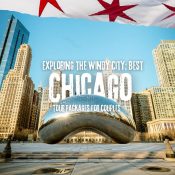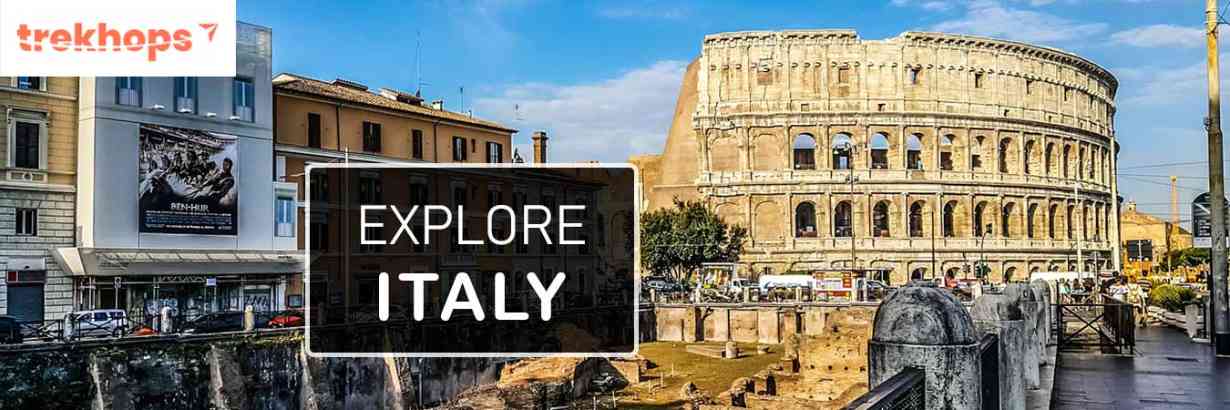
Best Places to Visit in Italy
Hello Readers! Are you looking to plan a pleasant holiday trip for yourself and your family this year? Then, Italy is the destination for you as it brims with records of lifestyle, UNESCO World Heritage Sites and breathtaking landscapes.
Come here and immerse yourself in historical records using traveling iconic landmarks like the Colosseum and Pompeii. Experience authentic Italian cuisine, from pasta and pizza to gelato and espresso where all of it started. You can also marvel at world-famous artwork and architecture or experience together with the masterpieces with the aid of Michelangelo, Leonardo da Vinci, and Botticelli.
Don’t forget to shop for today’s trending style and design in towns like Milan, called worldwide capitals of flavor and creativity. Whether it is a gondola journey in Venice or a sundown walk alongside the Amalfi Coast, Italy exudes romance at every turn.
Create lifelong memories with unforgettable reviews, from wine tasting in the Tuscan countryside to exploring medieval hilltop towns. Italy offers a rich wealth of exquisite locations, each with its own specific allure. You can discover the best places to visit in Italy and make beautiful reminiscences to last a lifetime.
But where to start? Not to worry—we got you as here we present the 35 best places to visit in Italy for the ultimate Dolce Dias.
Colosseum
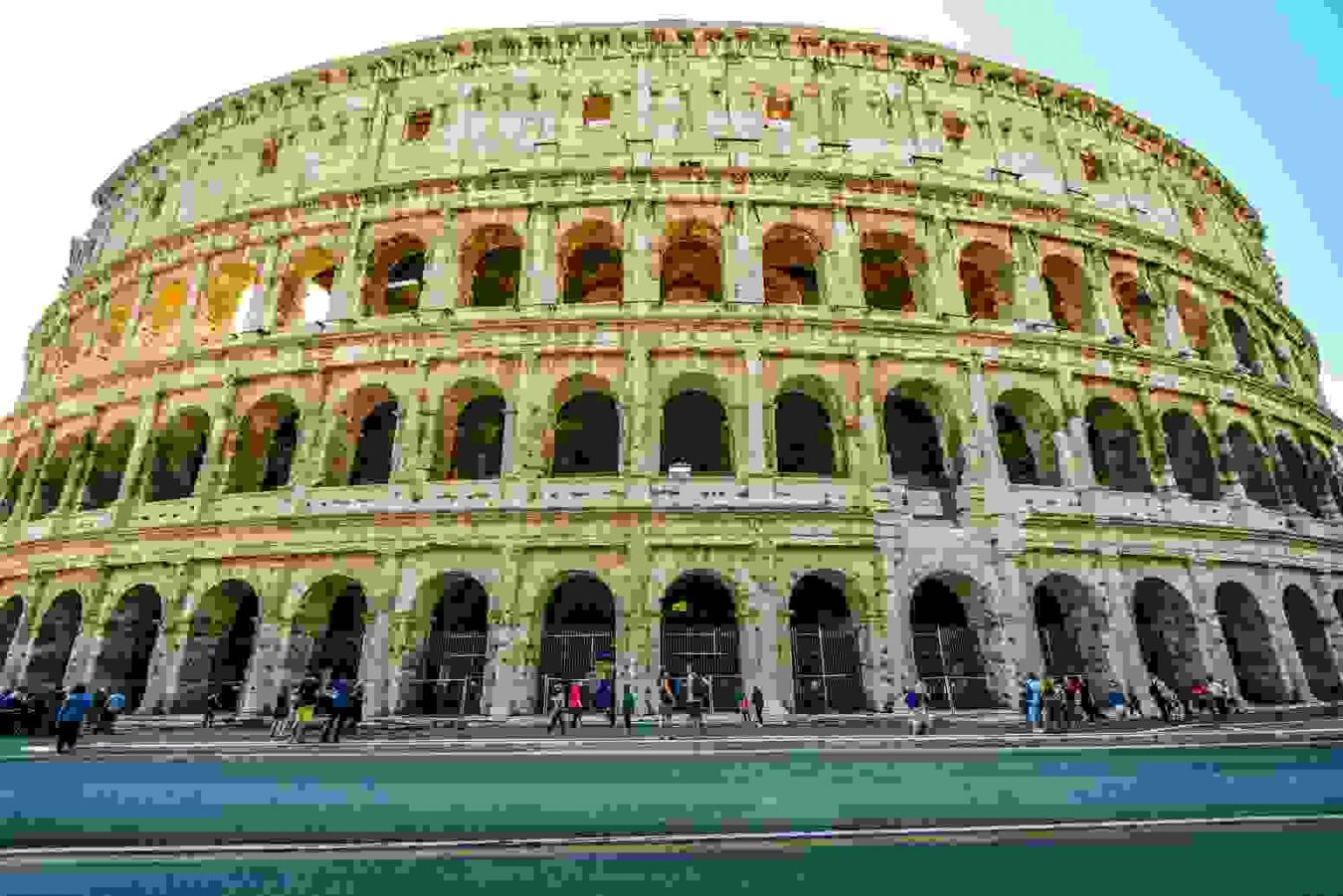
The Colosseum is an iconic image of historical Rome. It’s a must to visit landmarks in Italy. This gigantic amphitheater, built in AD 70-80 once hosted gladiatorial contests and public spectacles.
Explore the arena grounds imagining the roar of the crowds and the thrill of the games. Climb to the higher tiers and witness the amazing engineering that allowed for green crowd management and color. Visit the Colosseum Underground and a recently opened phase revealing the gladiators’ chambers or tunnels and equipment that powered the arena’s spectacles.
After your visit, bask in traditional Roman delicacies like pasta alla gricia (a simple but flavorful pasta dish with pecorino cheese and black pepper) or saltimbocca (veal escalope crowned with prosciutto and sage).
You can purchase tickets online earlier to avoid lengthy queues. Combination tickets with the Roman Forum and Palatine Hill are available. Audio publications or guided tours are incredibly advocated to deepen your knowledge of the Colosseum’s history and importance.
Leaning Tower of Pisa

The Leaning Tower of Pisa is an architectural marvel inside the charming metropolis of Pisa. It was constructed in the 12th century, and the tower started to lean during construction because of volatile soil.
Climb the Leaning Tower to see the breathtaking perspectives of Pisa. Tickets are required and promoted quickly so booking online in advance is vital. Explore the Pisa Cathedral, a lovely Romanesque structure decorated with problematic carvings and artwork.
Take an image pretending to keep up the Leaning Tower, a classic visitor pose! Pisa gives lots of Tuscan specialties. Sample “Torta di Ceci” (chickpea flour flatbread), “Cantuccini” (almond biscotti), or bask in fresh seafood dishes. Purchase timed access tickets for the Leaning Tower nicely in advance, mainly during the busy season.
Duomo di Milano

The Duomo di Milano or Milan Cathedral, is a masterpiece of Gothic architecture. This grand cathedral, which took nearly six centuries to finish, boasts an elaborate façade decorated with statues and spires.
Ascend to the rooftop terraces for panoramic metropolis views and a more in-depth examination of the spires and gargoyles. Visit the Duomo Museum to delve into the cathedral’s history and respect spiritual artifacts. You can also explore the San Gottardo Church, and offer beautiful Renaissance frescoes.
Milan is known for its rich and flavorful cuisine. Enjoy a plate of “Risotto alla Milanese” (saffron risotto). It takes pleasure in the melt-in-your-mouth “Cotoletta alla Milanese” (bread veal cutlet) or indulges in the candy “Panettone” (fruit cake), and it is mainly during Christmas.
Several ticket alternatives are to be had. Choose general admission for the cathedral interior or purchase an aggregate ticket for the Duomo or museum terraces and different areas. We recommend purchasing tickets online to skip queues and specifically for the duration of the top season.
Piazzale Michelangelo

The Piazzale Michelangelo in Florence offers a spectacular panoramic and scenic view of the metropolis on your holidays. This rectangular structure was designed in the nineteenth century. It functions as a bronze reborn of Michelangelo’s David. It is a popular spot for vacationers and locals for holidays.
You can capture stunning photographs of the Florentine skyline bathed in golden mild at sunset. After a hectic day, you can relax on a bench and soak in the panoramic vista view. And by appreciating the metropolis’s architectural structure.
Explore the nearby Giardino delle Rose (Rose Garden) and Giardino dell Iris (Iris Garden) for a dose of floral fragrance and exquisite blooms (depending on the season). Enjoy a refreshing drink or snack from carriers offering easy fares like liquid gelato or pre-made sandwiches.
Access to Piazzale Michelangelo is unfastened and open to the public. Consider going on foot or taking a public bus to reach the square as parking may be challenging.
Pantheon

The Pantheon is considered one of Rome’s greatest preserved historical buildings. It is a surprise for engineering and architecture. It was originally constructed as a temple to all Roman gods around 126 AD. It was later converted into a Christian church.
Marvel on the architectural wonder of the massive dome, the oculus (commencing at the top) and the harmonious proportions of the interior. Take in the play of light filtering via the oculus, creating a unique and ever-changing atmosphere. Explore the tombs of renowned Italians of the painter Raphael for a hint of history.
After exploring the Pantheon and delving into Roman delicacies within the surrounding streets. Like “Pizza al taglio” (Roman-style pizza by the slice) get pleasure from “Pasta alla Gricia” (simple pasta with pecorino cheese and black pepper) or attempt the traditional “Saltimbocca” (veal escalope with prosciutto and sage).
Entry to the Pantheon is unfastened. There may be queues mainly throughout peak season. Dress modestly as it’s a functioning church. Shoulders and knees should be protected.
Museo Nazionale di Castel Sant’Angelo

Museo Nazionale di Castel Sant’Angelo is more than just a museum; it is a charming fortress with rich records. Explore its papal flats or wander via the previous jail chambers and wander on the artwork collections housed inside its historical partitions.
In terms of things to do, you can climb to the citadel’s rooftop for panoramic views of Rome. Explore the opulent papal flats showcasing Renaissance frescoes and indulgent decorations.
Descend into the fort’s dungeons and prison cells imagining the lives of those who had been once held captive. Admire the museum’s series of sculptures, artwork or weapons and artifacts. It offers a glimpse into Roman history and papal existence.
Tickets cost €16 (around $17.50) for adults and are discounted rates for EU residents aged 18-25. Consider buying online to avoid queues.
Sistine Chapel
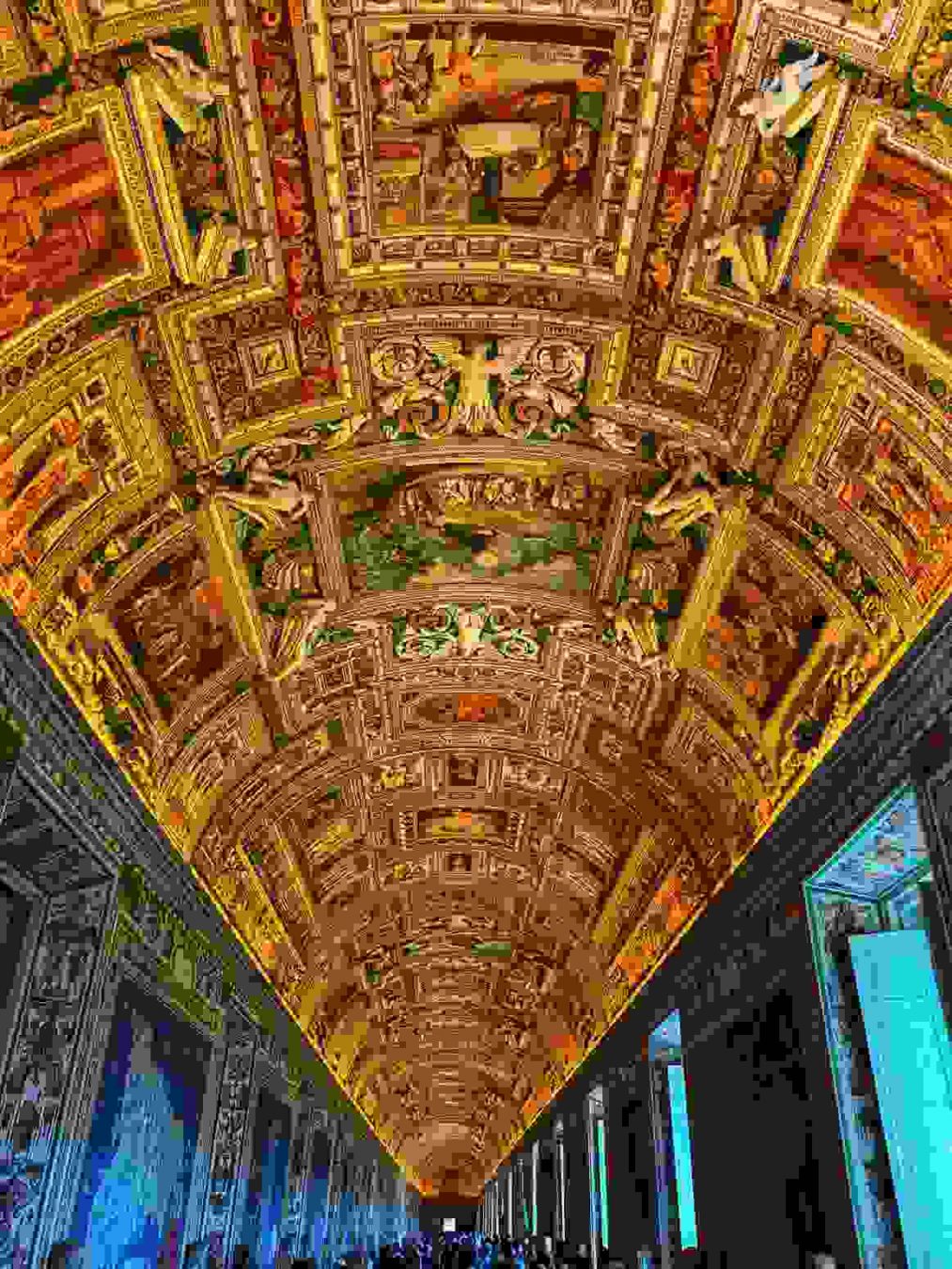
A masterpiece within a masterpiece the Sistine Chapel is housed within the Vatican Museums. Michelangelo’s breathtaking ceiling views frescoes depicting scenes from Genesis. The Last Judgment is considered the artistic pinnacle of the Renaissance.
Marvel at Michelangelo’s iconic works place to visit. Which include the Creation of Adam and the Last Judgment. Take time to understand the elaborate details and powerful imagery within the frescoes.
Admire the vibrant wall paintings with the aid of other Renaissance masters like Botticelli and Perugino. Silence is endorsed as part of a guided tour for an in-depth understanding of the artwork and the chapel’s history.
Tickets to the Vatican Museums include the visiting charge to the Sistine Chapel. They are worth €17 (around $18.50) for adults. Purchase online earlier to avoid lengthy queues, especially during peak season. Dress modestly because the Sistine Chapel is a holy site. Shoulders and knees ought to be covered.
Castello Sforzesco
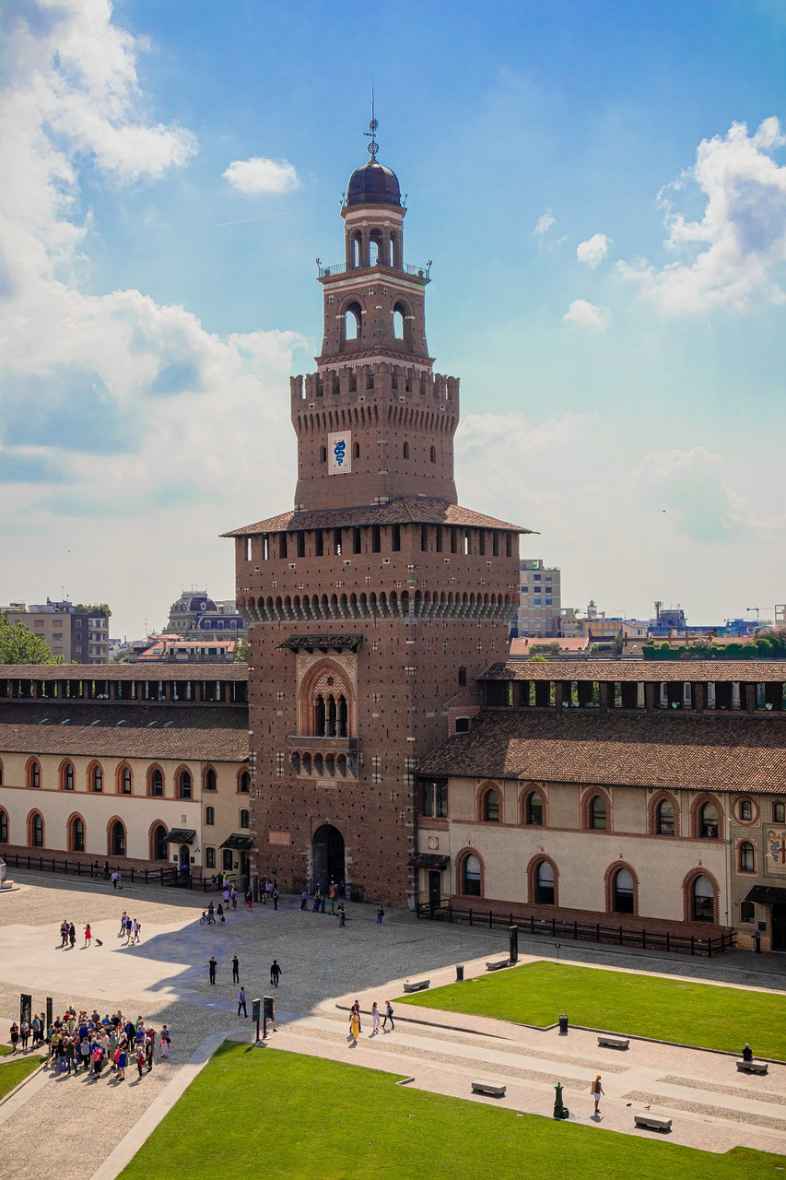
A symbol of Milan’s power and grandeur, Castello Sforzesco is a large 15th-century castle with an excellent record. Explore its courtyards, towers, and museums, which house various collections and provide a glimpse into Milan’s creative historical past.
Wander via the castle’s courtyards and admire the architectural information and sculptures. Climb to the top of the Filarete Tower for panoramic views of Milan.
Explore the Pinacoteca di Brera artwork gallery. It showcases masterpieces by Italian and European artists like Caravaggio and Tintoretto (separate price ticket required).
Delve into the records of weaponry at the Museo d’Arte Antica’s (Museum of Ancient Art) arms and armor collection (separate price tag required).
Entry to the castle’s courtyards and a few exhibitions is loose. Individual museums inside the complicated have separate ticket costs. It is typically ranging from €5-€10 (around $5.50-$11) for adults. Combo tickets for multiple museums are to be had. Consider buying online to pass queues.
Trevi Fountain
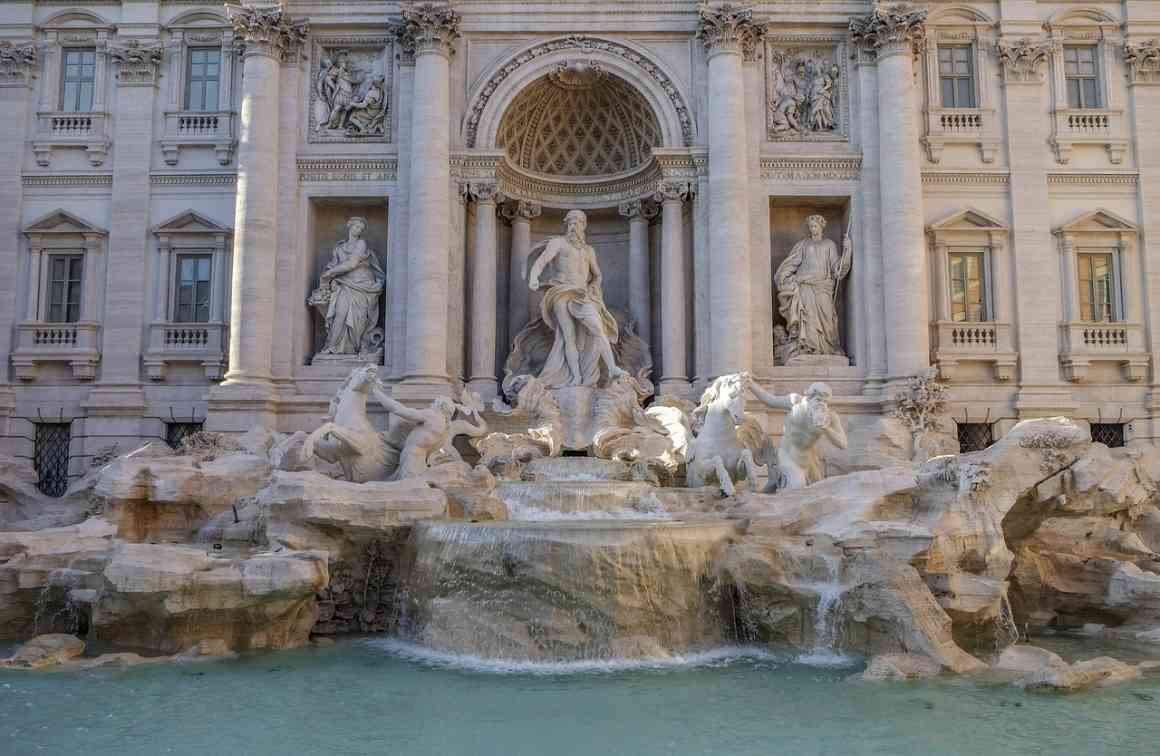
The Trevi Fountain is a Baroque masterpiece and the biggest fountain in Rome. Tourists flock to toss a coin and make a desire in its cool waters, even marveling at the complicated sculptures and cascading water functions.
Don’t forget to toss a coin into the Trevi Fountain. Because the legend says it ensures your return to Rome. Admire the complex information or details of the sculptures depicted. Oceanus the god of the sea, is surrounded by tritons or the nymphs and horses.
After your desire to make a ritual indulge in Roman specialties across the Trevi Fountain place. Like a slice of “Pizza al Taglio” (Roman-style pizza through the slice). It is taking pleasure in “Pasta alla Gricia” (simple pasta with pecorino cheese and black pepper). Or try the conventional “Saltimbocca” (veal escalope with prosciutto and sage).
There’s no front rate to go to the Trevi Fountain, making it a budget-pleasant activity. Be prepared for crowds, especially at some point in the busy season. Arrive early or late in the day for extra viable enjoyment.
St. Peter’s Basilica
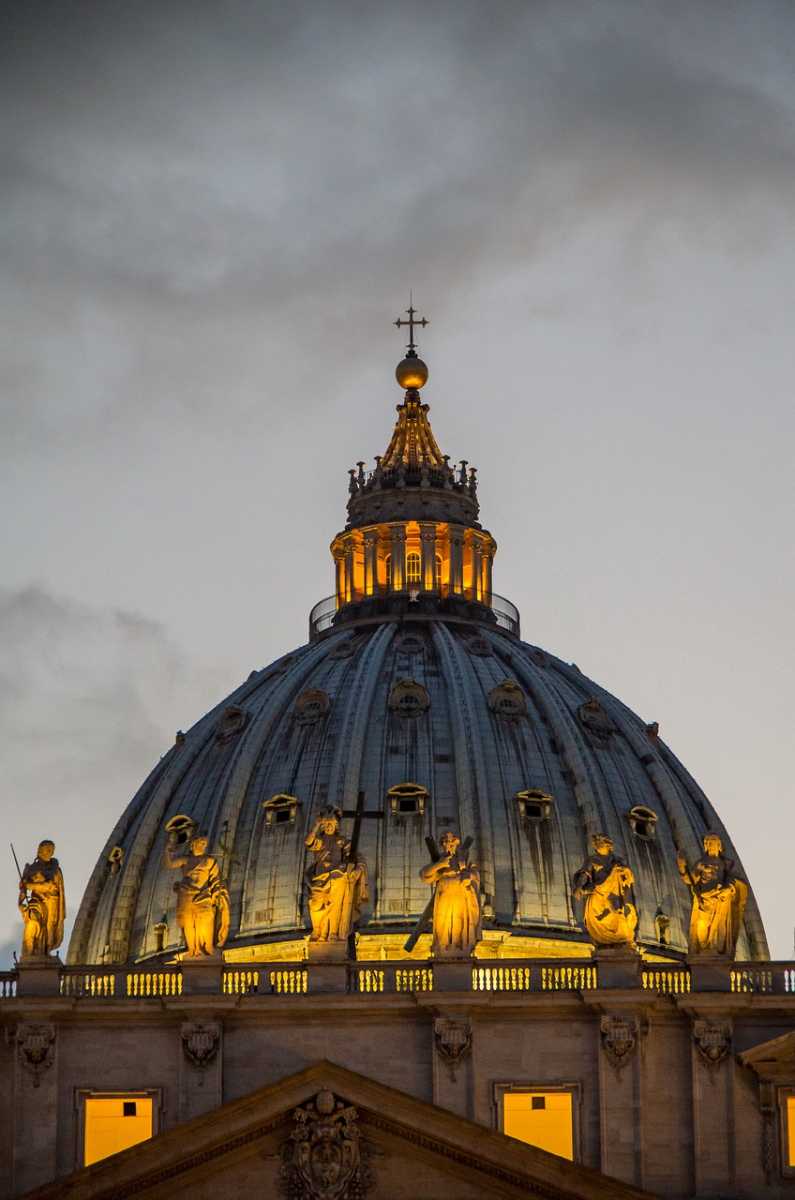
A beacon of Christianity, St. Peter’s Basilica is the largest church in the world and a masterpiece of Renaissance architecture. You can marvel at Michelangelo’s stunning dome. You can also explore the opulent interiors adorned with sculptures and historical artwork or stand in awe of its sheer scale.
Ascend the dome for panoramic views of Rome. But don’t forget to explore the big indoors admiring Michelangelo’s Pietà sculpture. It is Bernini’s Baldacchino (cover over the excessive altar) and other creative treasures.
You can descend to the Vatican Necropolis for a glimpse into early Christian burial sites (limited access or guided tours required). Attend a papal target market on Wednesdays to witness the Pope deliver his blessing (loose tickets required or confined availability).
Entrance to the Basilica itself is free. However, hiking the dome (€10 or $11) and guided tours of the Vatican Necropolis (variable pricing) incur expenses. Consider buying tickets online to avoid queues.
Doge’s Palace
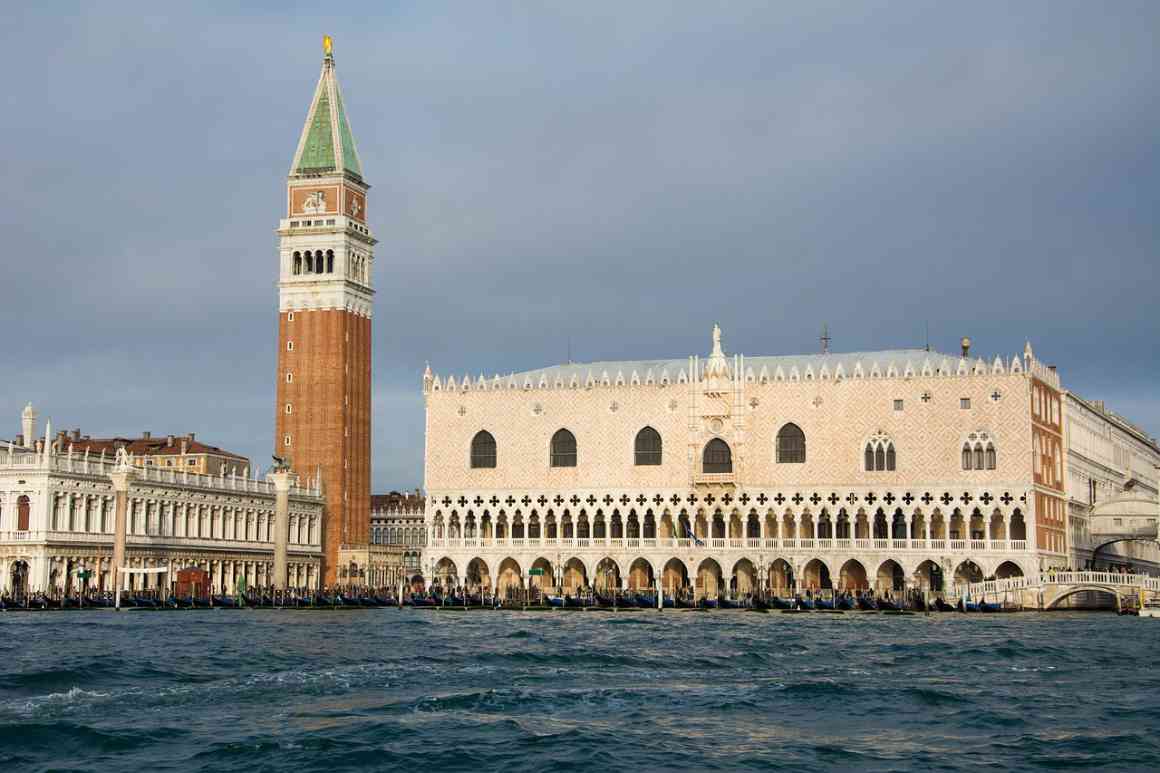
A symbol of Venetian energy and opulence, the Doge’s Palace was the residence of the Doges, or you can be the supreme ruler of the Venetian Republic. Explore its grand chambers adorned with artwork by Tintoretto or Veronese. And Titian wanders through hidden passageways and marvels at the architectural structure.
Situated on the Piazza San Marco, the palace is one of the great masterpieces of Gothic Architecture. You simply cannot call your visit to Venice complete if you don’t visit here. Its walls are decorated with artwork by some of the renowned artists in Venice.
Explore the lavish buildings of the Doges providing a glimpse into their extravagant lifestyle.
Look inside the immense Sala del Maggior Consiglio (Great Council Chamber). It was once the coronary heart of Venetian politics.
Walk through the Bridge of Sighs, connecting the Doge’s Palace to the prison, and imagine the prisoners’ adventure. Explore the Secret Itineraries, a hidden community of passages imparting a unique angle of the palace (separate ticket required).
After your visit, you can delve into Venetian delicacies. Savor “Cicchetti” (small savory bites), bask in fresh seafood dishes like “Risotto al Nero di Seppia” (black cuttlefish ink risotto), or strive for the neighborhood uniqueness “Fegato alla Veneziana” (calves’ liver with onions).
Tickets cost €25 (around $27.50) for adults and include admission to the Doge’s Palace, the Museo Correr, and the National Archaeological Museum. Consider shopping online to avoid queues, specifically during the peak season.
Canal Grande
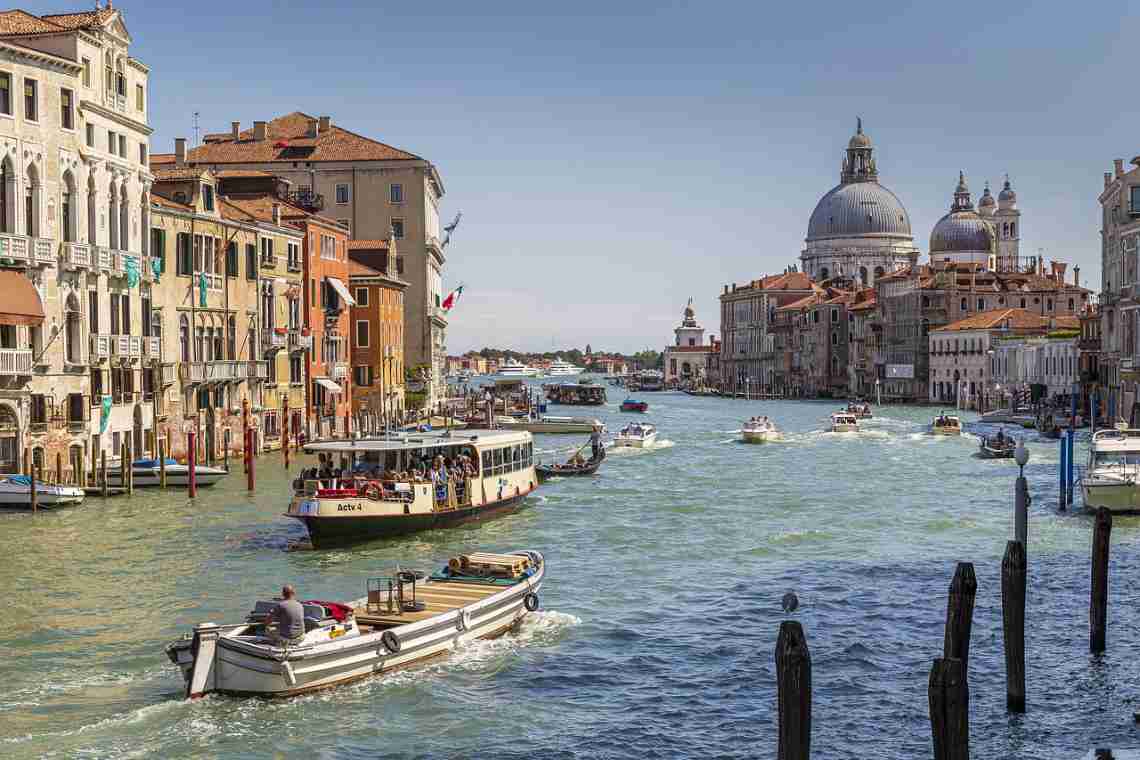
Regarded as the lifeline of Venice, the Canal Grande is an impressive waterway coated with lovely architecture. You can experience the magic of Venice by gliding alongside it. The canal is a gondola ride, taking you inside the attractions and absorbing the romantic surroundings.
Gondola rides are a splurge, but they provide a unique and romantic experience that simply cannot be missed. Consider sharing a gondola with others to cut down on the cost.
Take a Vaporetto (water bus) for a less expensive manner to navigate the canal and notice the town with a special attitude. Tickets vary depending on the path and period.
Explore the points of interest alongside the canal, which includes iconic landmarks such as the Rialto Bridge and St. Mark’s Square. Stop at a canal-side cafe or eating place for a drink or meal with a mesmerizing view.
Embark on a gondola experience the fundamental Venetian enjoy. Prices are constant by the Venetian authorities and commonly begin around €80 (around $88) for a 30-minute journey. Vaporetto tickets can be bought at merchandising machines at the stops. Consider buying a travel card for a couple of trips if you plan to apply the Vaporetto considerably.
Gallerie Degli Uffizi
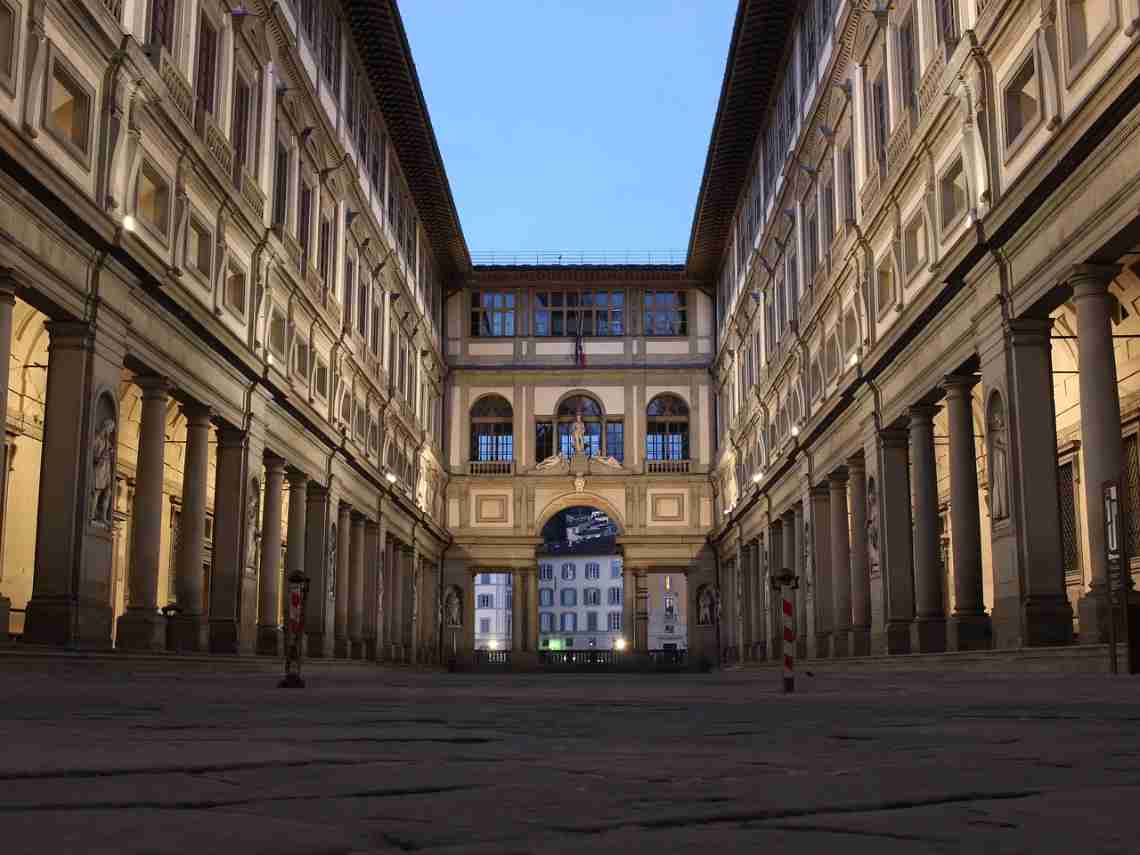
A treasure trove of Renaissance artwork, the Gallerie Degli Uffizi is a world-renowned museum housed in an amazing 16th-century palace. You can explore its big series offering masterpieces through Michelangelo, Botticelli Raphael and other artistic giants.
You can marvel at iconic works like Botticelli’s Birth of Venus and Primavera. Michelangelo’s Tondo Doni and Raphael’s Madonna of the Grand Duke for your trip. You can explore the chronological format by tracing the improvement of Italian historical artwork from the 13th to the 16th centuries.
After your artistic immersion discover the surrounding streets for Florentine specialties. Sample a juicy “Bistecca Fiorentina” (Florentine steak) and get pleasure from the easy but flavorful “Pappa al Pomodoro” (tomato bread soup). You can indulge in a candy “Cantucci” (almond biscotti) dipped in Vin Santo (dessert wine) for a super ending to your visit.
Tickets are valued at €26 (around $28.50) for adults and may be bought online to skip queues. It is particularly true during height season. Consider a mixture of tickets with other Florentine museums for an extra complete experience. You can download a museum map or lease an audio guide to navigate the extensive collection and enhance your know-how of the artworks.
Piazza Navona
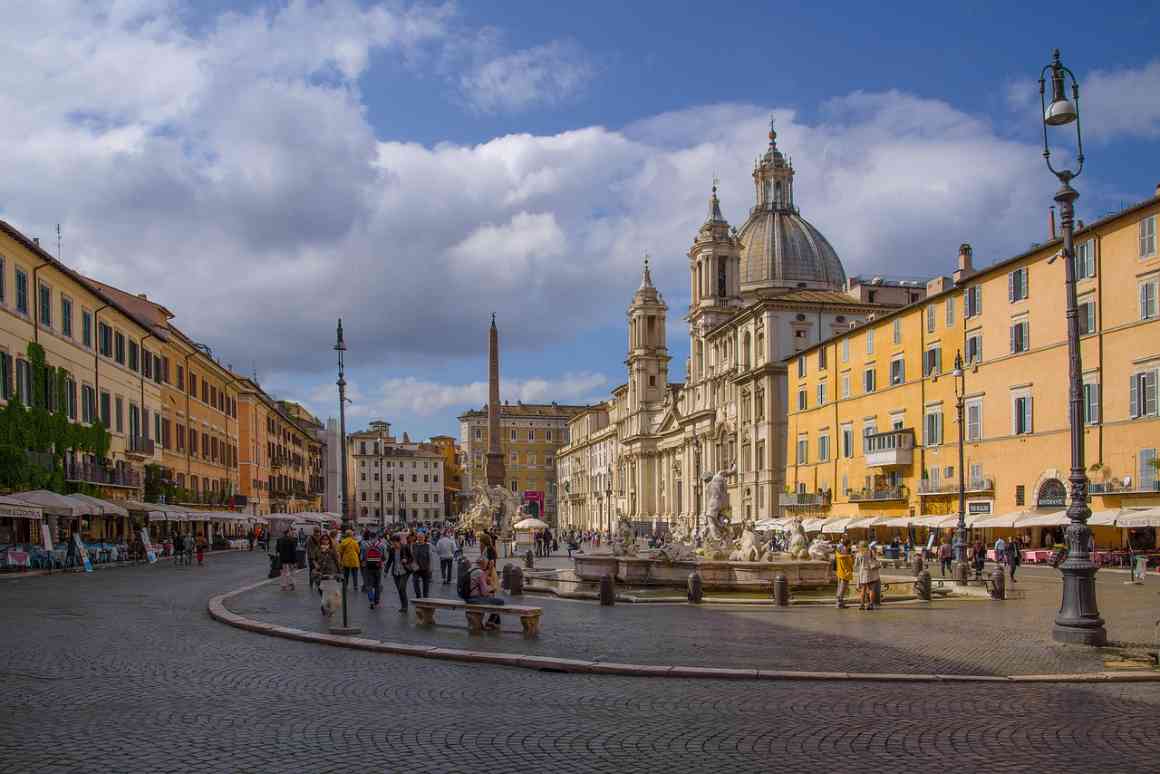
Piazza Navona is a colorful Baroque square teeming with art, records, and street performers. Marvel at its centerpiece, Bernini’s famed Fountain of the Four Rivers, and discover the surrounding cafes, shops, and architectural gemstones.
Toss a coin into the Trevi Fountain’s “twin” – the Fountain of Trevi (separate fountain or specific way of life). Admire the difficult sculptures of Bernini’s Fountain of the 4 Rivers and the different fountains in the rectangular.
Just explore the stalls of street artists showcasing their paintings. The piazza offers loads of cafes and eating places catering to vacationers. Sample Roman classics like “Pizza al Taglio” (Roman style pizza through the slice) or “Pasta alla Gricia” (easy pasta with pecorino cheese and black pepper).
If you want this for a greater local experience discover the encompassing Trastevere neighborhood for actual Roman delicacies.
Entrance to the piazza itself is free of cost. Consider journeying to nearby attractions like the opulent Palazzo Pamphilj (tickets required) or the fascinating Church of Sant’Agnese in Agone for a deeper historical and inventive experience (separate ticket costs may also be observed).
Museo Cappella Sansevero
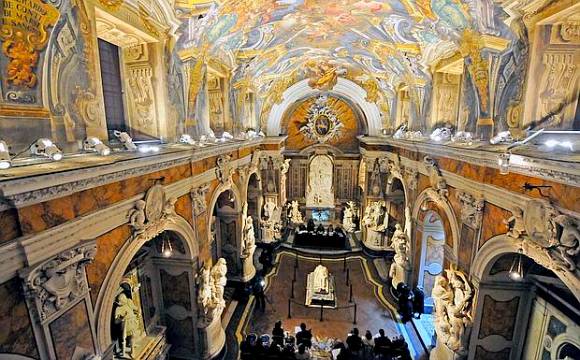
A captivating combination of art and technology. The Museo Cappella Sansevero is a fascinating chapel renowned for its intricate sculptures and veiled Christ masterpieces. Explore its opulent interior wonder on the anatomical wonders and delve into the interesting records of the Sansevero circle of relatives.
Be mesmerized by the Veiled Christ sculpture, a marble masterpiece depicting Christ with a veil so sensible it seems like material.
Admire other sculptures highlighting anatomical info with exquisite precision, like Disinganno (Disillusionment) by Francesco Queirolo. Learn about the history of the Sansevero circle of relatives and the tales in the back of the works of art.
After you reach the place, you can discover the surrounding historical center of Naples. Savor Neapolitan staples like pizzas cooked in wood fired ovens and fresh seafood dishes or take pleasure in a candy “sfogliatella” (ricotta pastry) for a nearby deal.
Tickets cost €10 (around $11) and need to be purchased online in advance because of restrained capacity. Photography isn’t allowed in the museum.
Galleria Vittorio Emanuele II
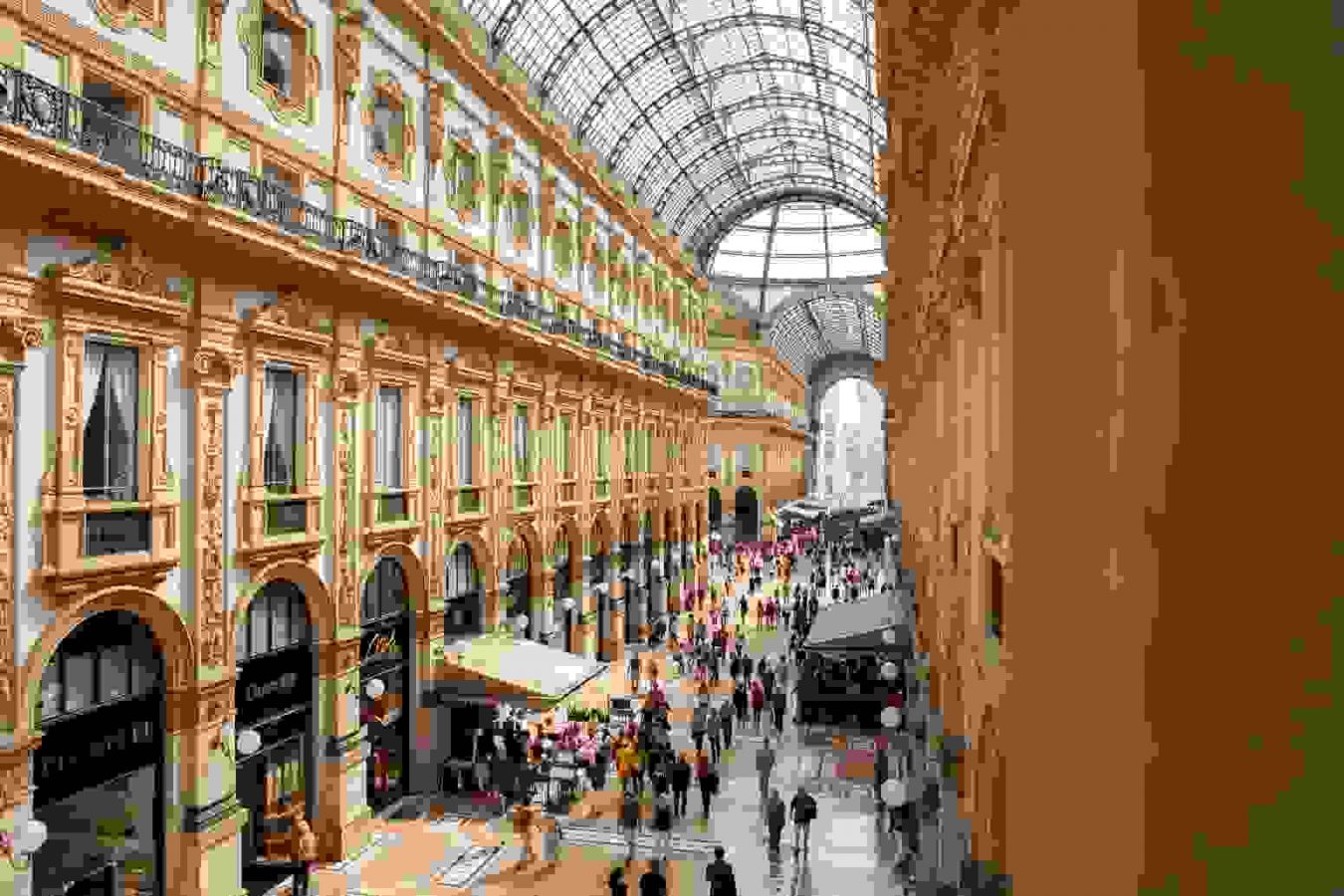
A costly buying paradise, the Galleria Vittorio Emanuele II is Italy’s oldest lively buying arcade and a lovely architectural wonder. Explore its glass-vaulted passageways decorated with mosaics and sculptures and window save excessive-quit boutiques or enjoy a leisurely espresso spoil below the grand dome.
Marvel on the impressive architecture. It offers a pitcher and iron dome or intricate mosaics and soaring ceilings. Indulge in shopping at luxurious manufacturers like Prada, Gucci and Louis Vuitton or browse beautiful earrings stores and designer boutiques.
Enjoy an espresso or a mild meal at a historic cafe or restaurant and soak within the elegant ecosystem. Spot the mosaic bull on the ground and spin on its heel for exact good fortune (a local tradition).
Pompeii Archaeological Park
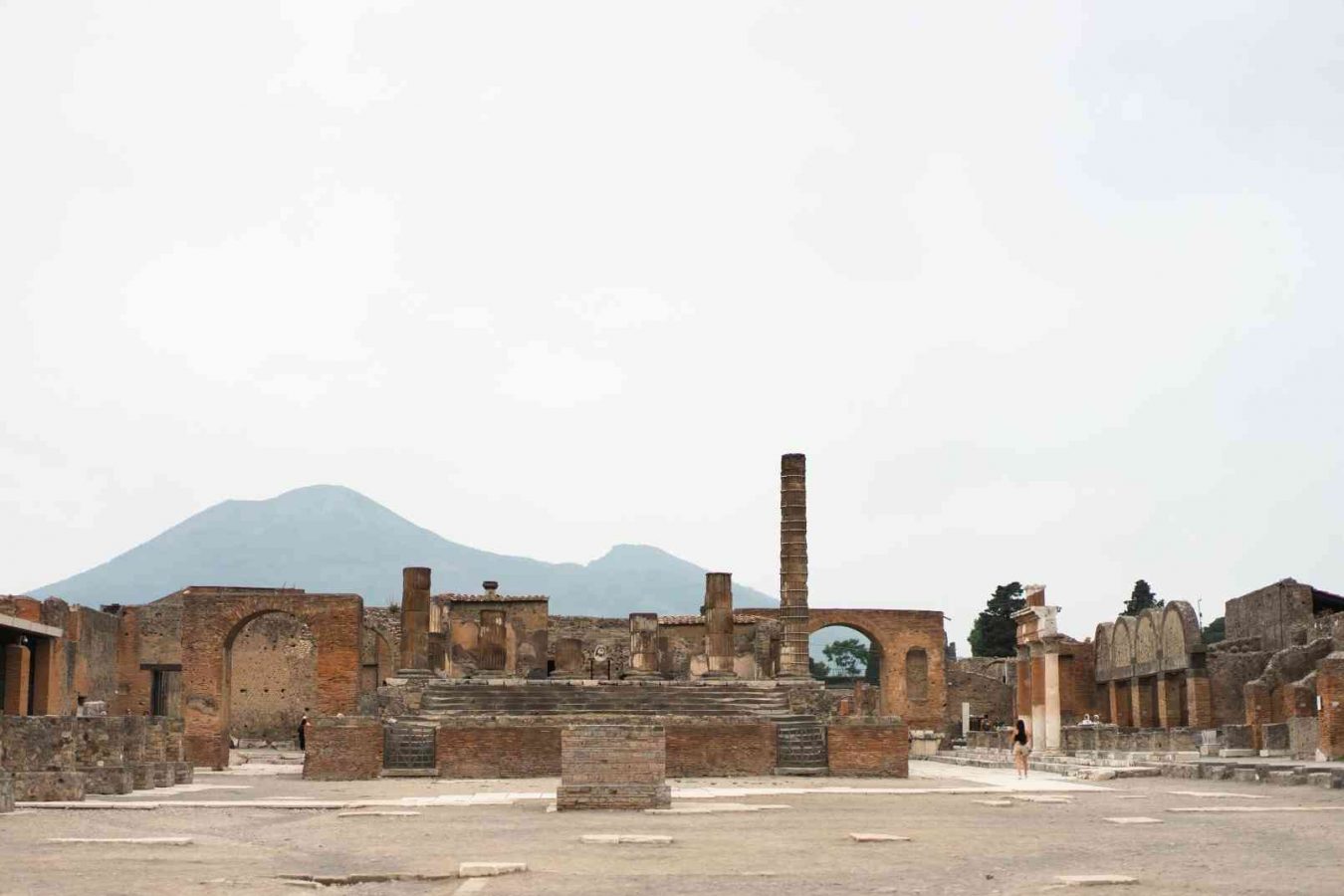
A frozen photo of Roman lifestyles, Pompeii is a UNESCO World Heritage Site, which was once a thriving metropolis buried beneath volcanic ash in 79 AD. Explore excavated streets, homes and public homes, imparting a glimpse into Roman structures daily life and the dramatic occasion that sealed its fate.
Wander through the remarkably nicely preserved streets. It imagines the bustling Roman metropolis. Explore diverse varieties of dwellings, from high-priced villas with frescoes to smaller stores and bakeries.
Visit public homes like the Forum theaters and baths. It is imparting insights into Roman social lifestyles. Marvel at the casts of Pompeii citizens and animals’ victims of the eruption.
Tickets are €18 (around $20) for adults and can be purchased online to keep away from queues. Consider combination tickets with other archaeological sites close by. The park is too vast so plan your exploration or keep in mind renting a motorbike.
Ortigia
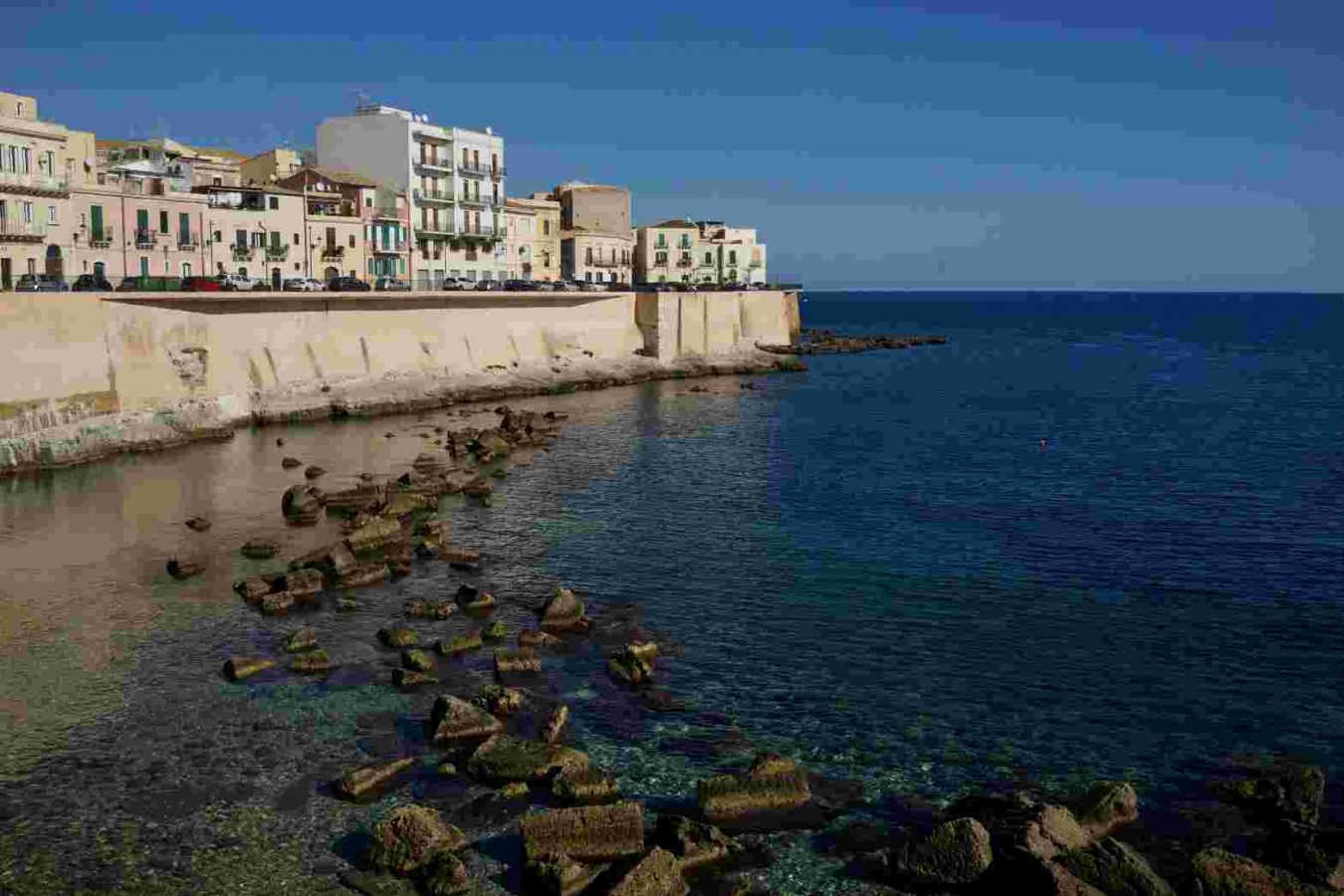
Ortigia, a fascinating island related to Syracuse by way of bridges, is the ancient heart of the town. This UNESCO website charms visitors with its Baroque structure, wealthy records and vibrant ecosystem.
Explore the atmospheric streets lined with dazzling churches just like the Duomo (Syracuse Cathedral). Delve into records at the Maniace Castle. It is an impressive medieval fort with lovely sea views.
Relax at the picturesque Fontane Aretusa. An herbal spring surrounded by historical myths. Ortigia is a paradise for foodies. Savor sparkling Sicilian seafood dishes like pasta alla Norma (with ricotta and eggplant) or “arancini” (fried rice balls). Don’t omit the enduring “cannoli,” crispy pastry shells packed with ricotta cream.
Entrance to Ortigia itself is free. Individual sights may also have separate expenses (typically budget-friendly). Consider taking a walking excursion to gain deeper insights into Ortigia’s records and hidden gems.
Underground Naples
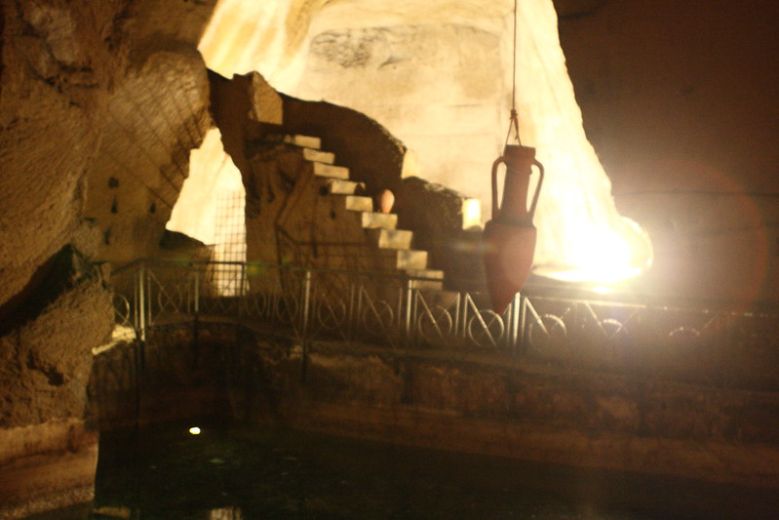
A hidden metropolis underneath the streets. Underground Naples offers a captivating glimpse into the town’s layered records. Explore a community of tunnels, caves, and chambers used for the whole lot, from Roman aqueducts to World War II air-raid shelters.
Descend into the depths with a guided excursion. It is gaining knowledge of the city’s evolution and the various uses of the underground spaces.
Explore Roman-era aqueducts, witnessing the engineering marvels of the past. See remnants of early Christian catacombs and burial chambers. Walk via wartime air-raid shelters, imagining the town’s resilience all through WWII.
Discover hidden cisterns, workshops or even an ancient theater.
The costs usually range from €€10-€20 (around $11-$22) in step with person. Booking online in advance is recommended for the duration of peak season.
Duomo – Cattedrale di Santa Maria del Fiore
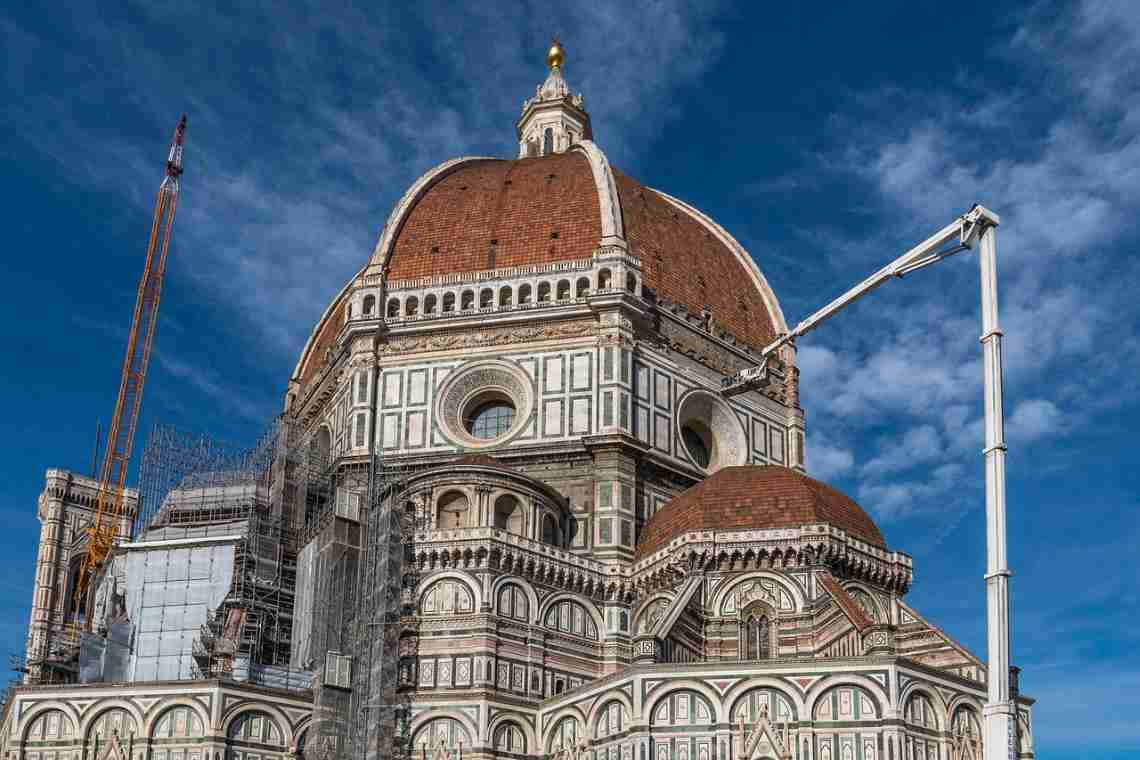
The Duomo is formally the Cathedral of Santa Maria del Fiore. It is the crown jewel of Florence. Its grandeur extends from its breathtaking facade to its awe-inspiring dome.
Explore the great interior adorned with stained glass home windows and frescoes using Giorgio Vasari. Marvel on the Basilica di Santa Reparata. It is a smaller church partly included in the Duomo.
Visit the Museo dell’Opera del Duomo (Museum of the Works of the Cathedral) to peer sculptures and artifacts first intended for the Duomo (separate price ticket required).
After your visit here, you must indulge in some Florentine delicacies. The food lists are like juicy “Bistecca Fiorentina” (Florentine steak) or take pleasure in the easy but flavorful “Pappa al Pomodoro” (tomato bread soup). Don’t forget to take pleasure in a sweet “Cantucci” (almond biscotti) dipped in Vin Santo (dessert wine) for the appropriate ending.
Ascend the dome (separate ticket: €18 or $20) for panoramic views of Florence and a better study of Brunelleschi’s creative engineering. Download a museum manual or lease an audio manual for deeper insights into the Duomo’s records and artwork.
Galleria Borghese
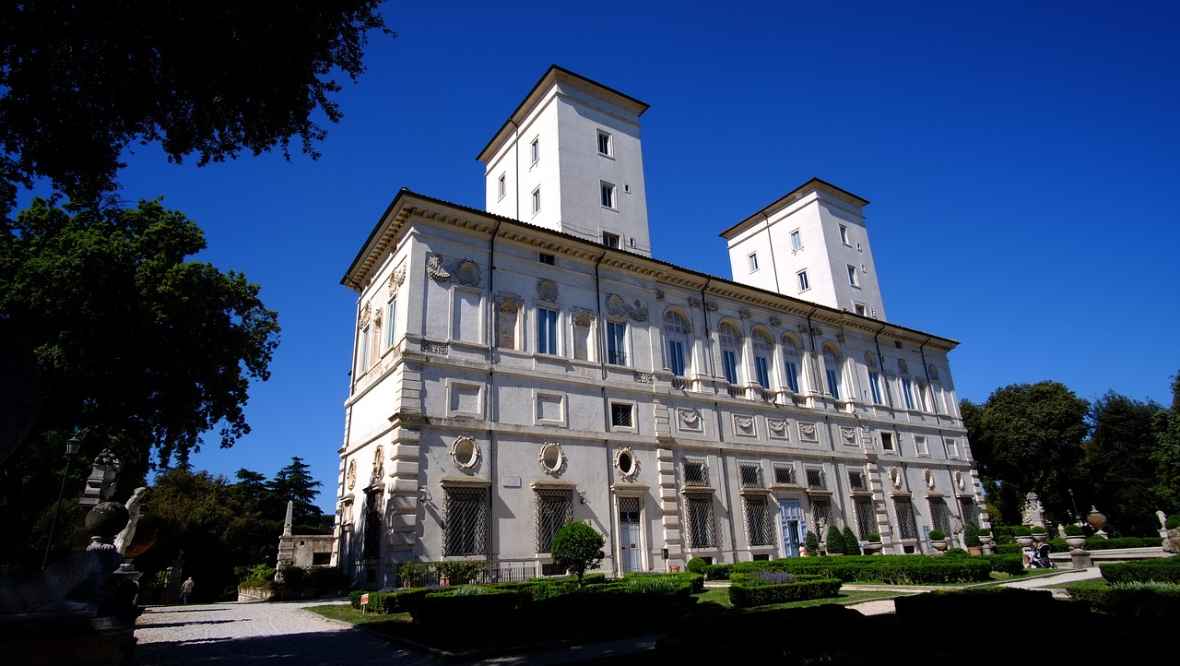
The Galleria Borghese is a treasure trove of art housed inside a stunning 17th-century villa. It is to explore its elegant halls brimming with sculptures or paintings. Antiquities occurred through Cardinal Scipione Borghese.
Marvel at masterpieces using Bernini. Such as the realistic Apollo and Daphne sculpture and the dramatic Pluto and Persephone.
You can be captivated by the aid of artwork from Renaissance masters like Raphael’s Madonna of the Book’ or Titian’s Venus of Urbino and Caravaggio ‘Boy with a Basket of Fruit.’
Explore the gathering of historical Roman and Greek sculptures together with the charming Sleeping Hermaphrodite.
After your artistic immersion, explore the encompassing streets for Roman delights. Sample “Pizza al Taglio” (Roman-style pizza by the slice) or delight in “Pasta alla Gricia” (easy pasta with pecorino cheese and black pepper) for an extra upscale experience. Trastevere, a captivating neighborhood, has lots of eating places.
Tickets cost €16 (around $17.50) and need to be booked online in advance because of confined potential.
Basilica di Santa Maria Maggiore
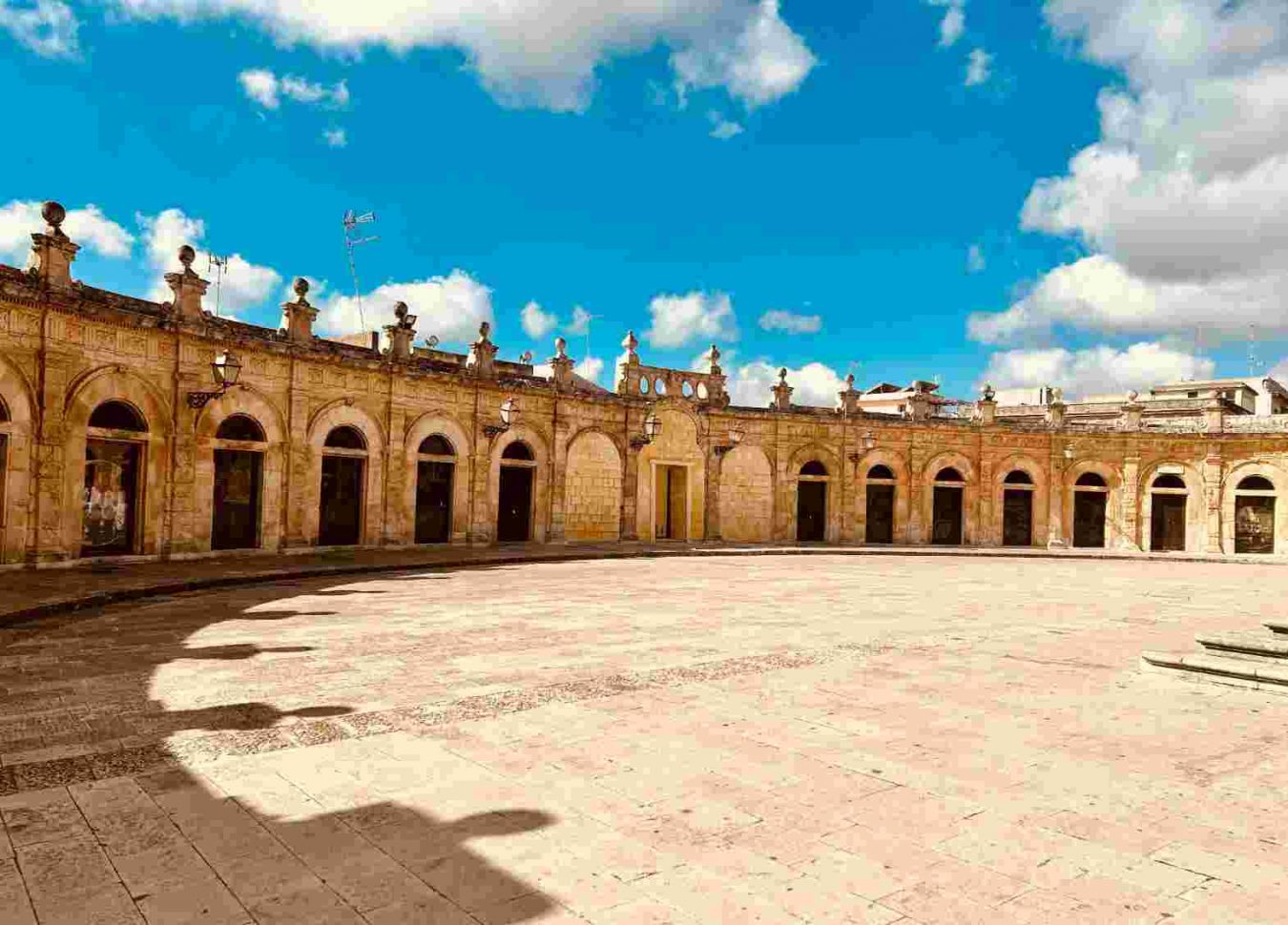
The Basilica di Santa Maria Maggiore is additionally referred to as Santa Maria Maggiore. It is one of Rome’s 4 main basilicas and boasts a rich history and stunning paintings.
Marvel at the awe-inspiring gilded ceiling decorated with problematic mosaics depicting biblical scenes. Explore the vibrant Salus Populi Romani chapel featuring an icon believed by some to be miraculously painted by using Saint Luke.
Descend to the charming Borghese Chapel or showcase opulent Baroque sculptures with the aid of Bernini. Visit the attached 13th-century cloister, imparting a peaceful retreat from the metropolis bustle.
Entrance to the basilica itself is free. Donations are welcome. Consider a guided tour for in-depth information about the basilica’s records and art (separate costs can also follow).
Trastevere
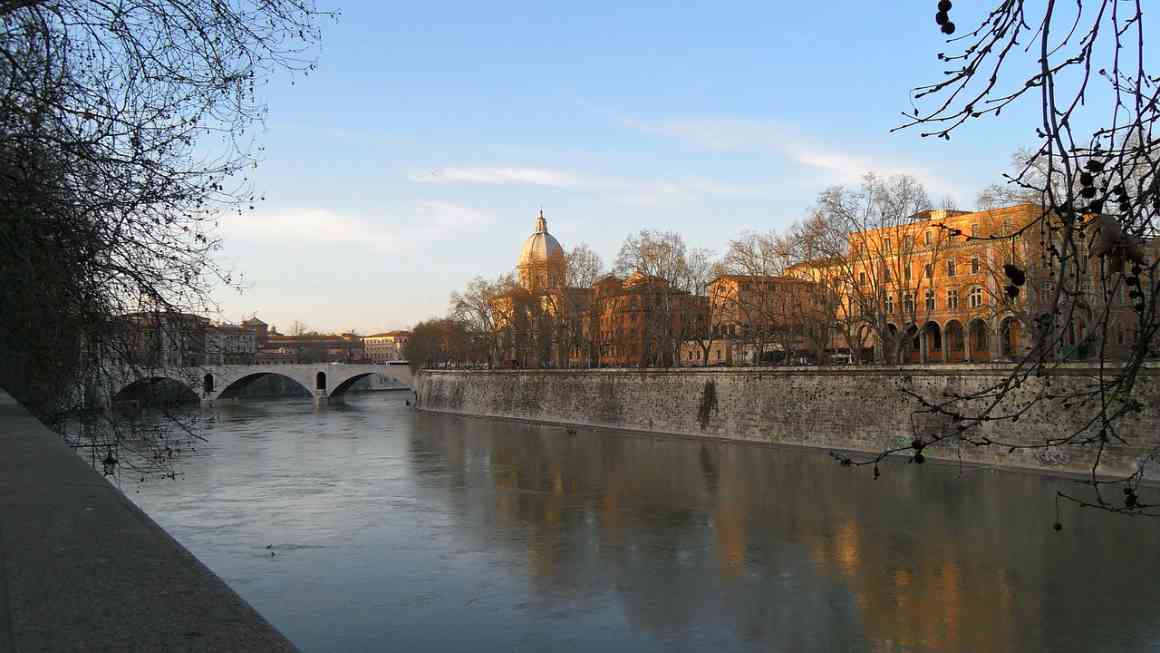
Trastevere is a vibrant bohemian community across the Tiber River from Rome’s historic center. Wander its cobbled streets lined with trattorias or artisan stores and active piazzas absorbing its precise allure.
Get lost inside the maze of charming streets or stumble upon hidden piazzas and sudden sights. You can explore the Basilica di Santa Maria in Trastevere for a holiday trip. It is a stunning church with gilded mosaics.
Savor delicious food at a nearby trattoria, indulging in conventional Roman pastas, pizzas or clean seafood dishes. Explore precise unearths at artisan stores, from homemade rings to local artwork.
There’s no entrance fee to explore Trastevere itself. Individual attractions can also have separate expenses (usually finances pleasant). Trastevere is known for its nightlife. So, if you’re searching out a bar scene and trying to visit there at night.
Palatine Hill
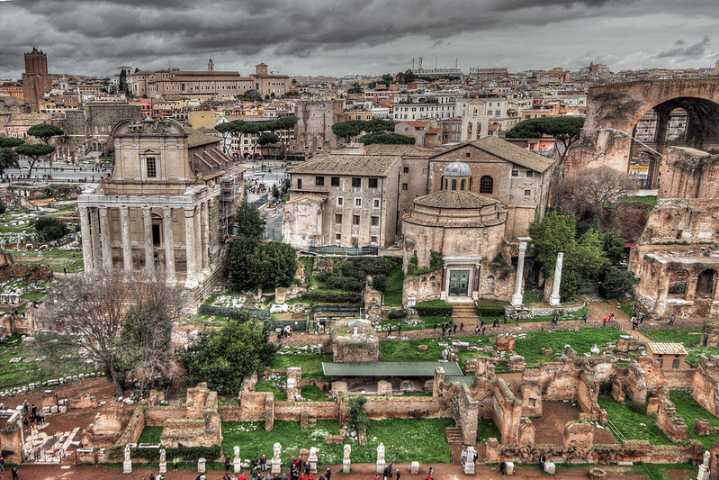
The cradle of Roman electricity, Palatine Hill is certainly one of Rome’s seven hills and the alleged birthplace of the metropolis. Explore the ruins of imperial palaces or temples and gardens. It supplies a glimpse into the grandeur of historical Rome.
Wander through the ruins of the Domus Flavia, the expansive palace complicated by the Flavian emperors. Climb to the Palatine Museum housed within a 16th-century palace or showcase artifacts unearthed on the hill (separate ticket required).
Marvel on the panoramic views of the Roman Forum and Circus Maximus from diverse vantage points.
Just imagine the gladiatorial battles that took place inside the nearby Colosseum. Explore the Farnese Gardens, a nonviolent oasis with manicured gardens and fountains (separate price tag required).
Entrance to Palatine Hill is included within the Colosseum and Roman Forum price tag costs €16 (around $17.50). Consider shopping for tickets online to skip queues.
Piazza della Signoria
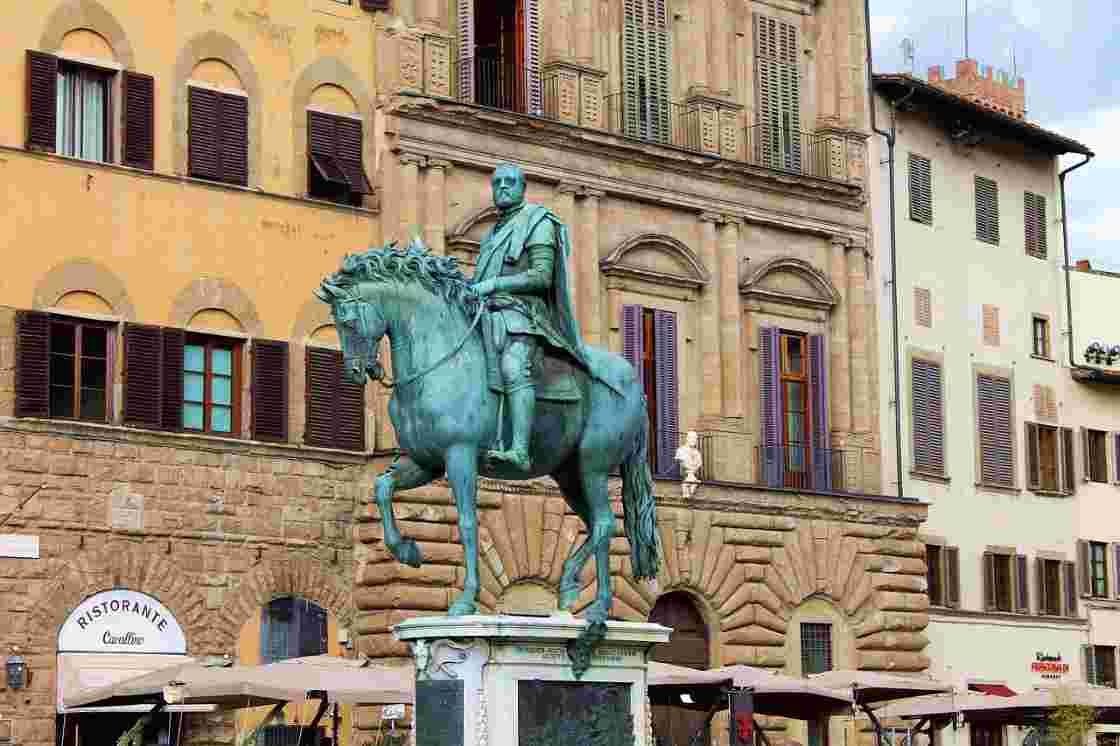
Piazza della Signoria is the beating coronary heart of Florence, brimming with records, art and political importance. It’s a need to see for any traveller presenting a captivating combo of structure sculptures and outdoor cafes.
Admire the enforcing Palazzo Vecchio, Florence’s historical metropolis corridor adorned with sculptures and boasting a clock tower. Marvel at the duplicate of Michelangelo’s David. It is a symbol of Florentine power and Renaissance artistry. (The authentic is housed within the Galleria dell’Accademia.)
Explore the Loggia dei Lanzi, an open-air sculpture gallery presenting iconic works like Cellini’s Perseus with the Head of Medusa.
The surrounding streets offer a variety of cafes and eating places catering to tourists and locals alike. Like all the Tuscan specialties foods are Bistecca Fiorentina (Florentine steak) or Pappa al Pomodoro (tomato bread soup). For a lighter option, grab a slice of schiacciata (flatbread) full of nearby meats and cheeses to maintain your health.
The entrance to the piazza itself is unfastened. Palazzo Vecchio gives guided tours for a fee (separate price ticket required). The duplicate of David is loose to view. Whilst the authentic calls for a ticket to the Galleria dell Accademia. Consider purchasing a combination price tag for Palazzo Vecchio and different Florentine museums for greater complete enjoyment.
Roman Forum
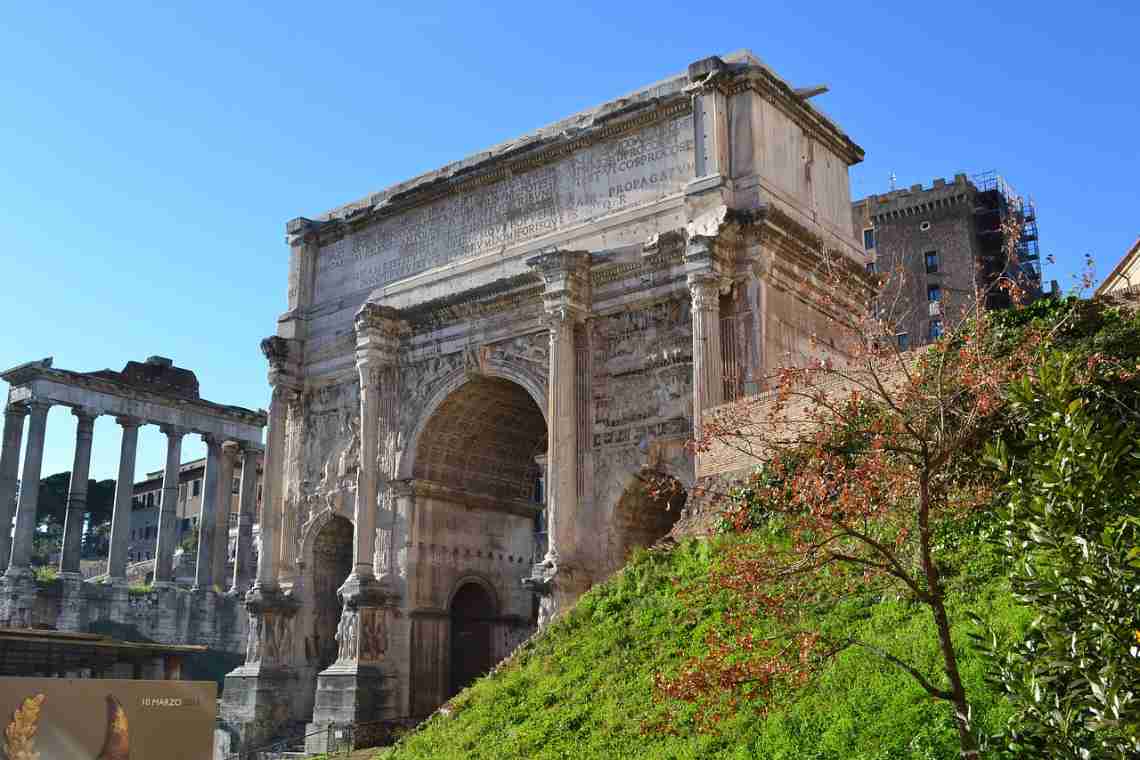
The Roman Forum as soon as the bustling middle of Roman life. It is a vast archaeological park showcasing the ruins of temples government buildings and arches. Explore this open-air museum and delve into the heart of the historic Roman Empire.
Wander through the ruins of the Temple of Vesta, the House of the Vestal Virgins and the Senate House imagining they’re beyond grandeur. Marvel on the Arch of Septimius Severus. A triumphal arch commemorating victories of a Roman emperor for knowing the historical overview.
Stand in awe at the bottom of Palatine Hill, the alleged birthplace of Rome. You can climb the Palatine Hill (separate price tag) for panoramic perspectives of the Forum and surrounding areas. You can explore the nearby Palatine Museum showcasing. The artifacts unearthed on the Palatine Hill (separate price tag).
Entrance to the Roman Forum is blanketed within the Colosseum ticket costing €16 (around $17.50). Consider buying tickets online to avoid queues. Combine your visit with the Colosseum and Palatine Hill for a complete ancient Roman enjoyment. Download a guide or rent an audio manual to decorate your knowledge of the Forum’s history and importance.
La Masseria Farm Experienc
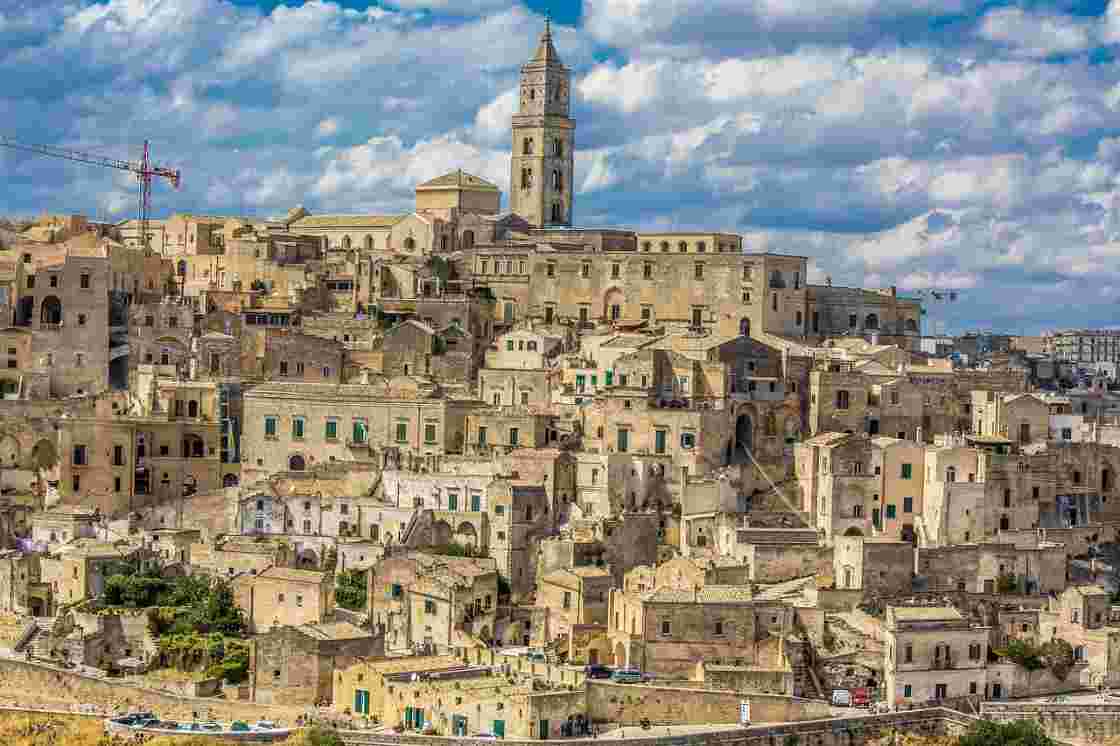
La Masseria is a family-owned farm nestled in the heart of the Sorrento Peninsula. Immerse yourself inside the splendor of the area and delight in the flavor of fresh, nearby produce with this specific farm revel in.
Just enjoy a guided excursion led by Gargiulo’s own family. It is gaining knowledge of farming traditions of approximately their generation. Explore the lemon groves, olive orchard vineyards, and beehives. It is discovering the secrets and techniques at the back of their prized merchandise.
Witness the manufacturing system of olive oil limoncello and different farm-made delicacies.
After the tour you can take pleasure in a farm-to-table lunch showcasing Sorrento’s culinary delights. Expect fresh pasta dishes or grilled veggies near cheeses and of the direction their well-known lemon-infused olive oil.
Tours normally range from €50-€70 (around $55-$77) according to the person and include the guided tour tasting and lunch. Booking online in advance is usually recommended. The farm store offers fresh produce, homemade specialties and neighborhood crafts or the best souvenirs!
Sassi di Matera
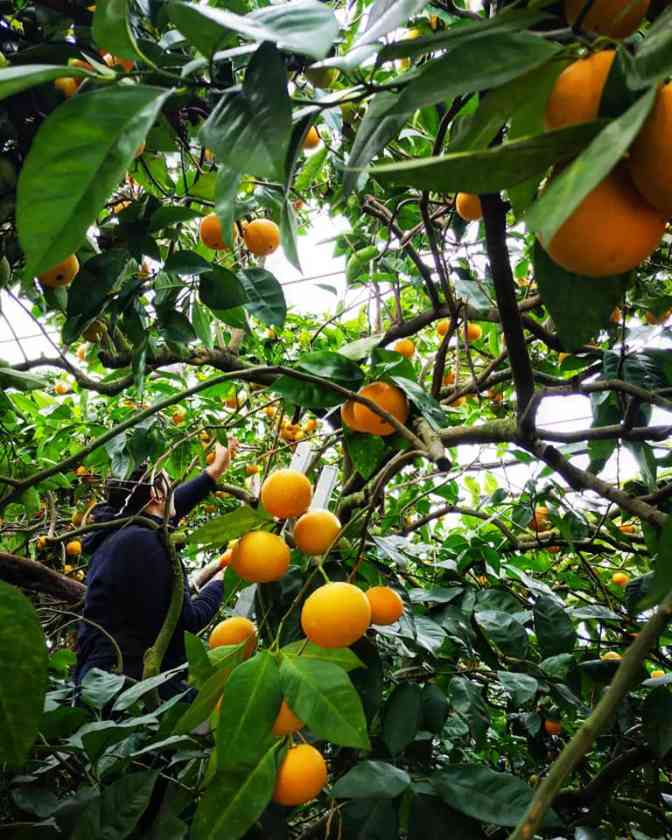
The Sassi di Matera are two fascinating cave districts carved into the limestone cliffs of Matera in southern Italy. These dwellings, inhabited during the Paleolithic era, provide a glimpse into a unique way of existence and now are a UNESCO World Heritage Site.
Explore the maze-like streets of Sasso Caveoso, the older and more dramatic district with its community of cave dwellings. Delve into a Sasso Barisano casa grotta (cave residence). It is a restored living showcasing traditional furniture and day by day existence practices.
Visit the rupestrian church buildings carved without delay into the rock and decorated with frescoes. It presents a nonsecular and inventive experience.
Take a guided excursion to gain deeper insights into the records subculture and ongoing healing efforts of the Sassi. Enjoy panoramic perspectives of the city and surrounding panorama from viewpoints like Belvedere Luigi Guerricchio.
Entrance to the Sassi districts themselves is free. Individual sights like cave homes or museums can also have separate fees (commonly budget-friendly). Consider purchasing the Matera Pass for discounted entry to various places of attraction.
Museo Egizio
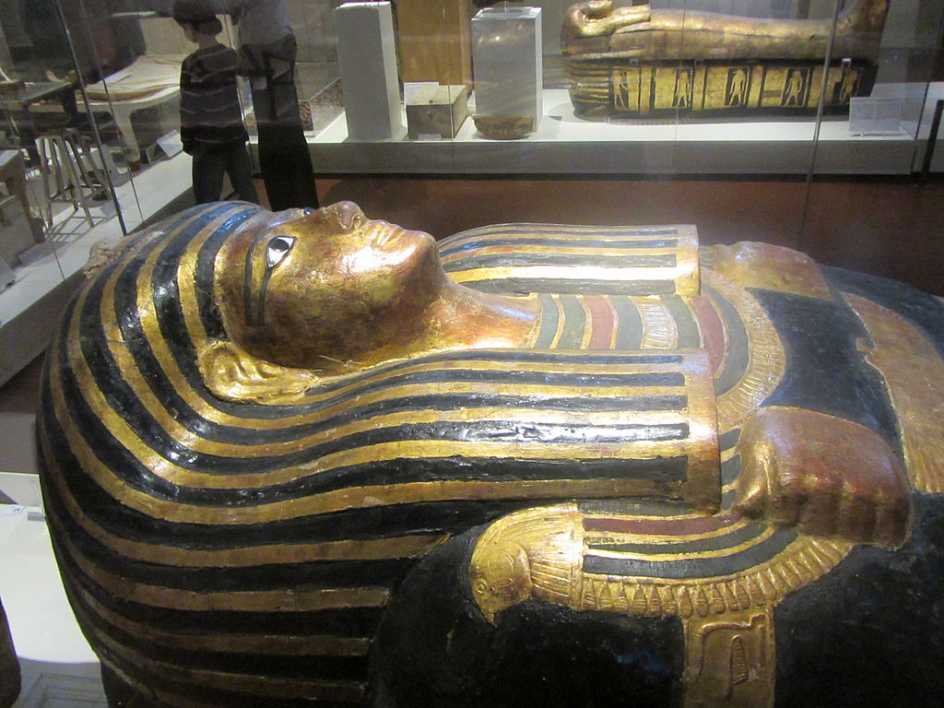
The Egyptian Museum, also known as Museo Egizio, is one of the oldest and most vital museums dedicated to historic Egyptian artifacts in the world. Founded in 1824 it houses a considerable collection of over 120,000 items spanning all historic Egyptian records.
Marvel on the imposing statues of pharaohs like Ramses II and Seti II. Explore the Temple of Ramses VI a reconstructed temple added from Egypt. Explore the captivating famous showcasing everyday gadgets, gear jewelry and artwork imparting insights into day-by-day existence in historical Egypt.
After your visit, explore the surrounding area for a taste of Turin. Sample local specialties like agnolotti (ravioli like pasta), risotto al Barolo (wine-braised rice) or brasato al Barolo (pork braised in Barolo wine). Don’t pass over the hazard to strive gianduja, a rich chocolate and hazelnut spread invented in Turin!
Tickets are €15 (around $16.50) for adults and can be bought online to skip queues. It is for the duration of peak season. Consider combination tickets to different museums in Turin for extra comprehensive enjoyment.
Download a museum map or rent an audio guide to navigate the widespread series and enhance your expertise in the museum. The museum cafe offers a mild refreshment option.
Valle dei Templi
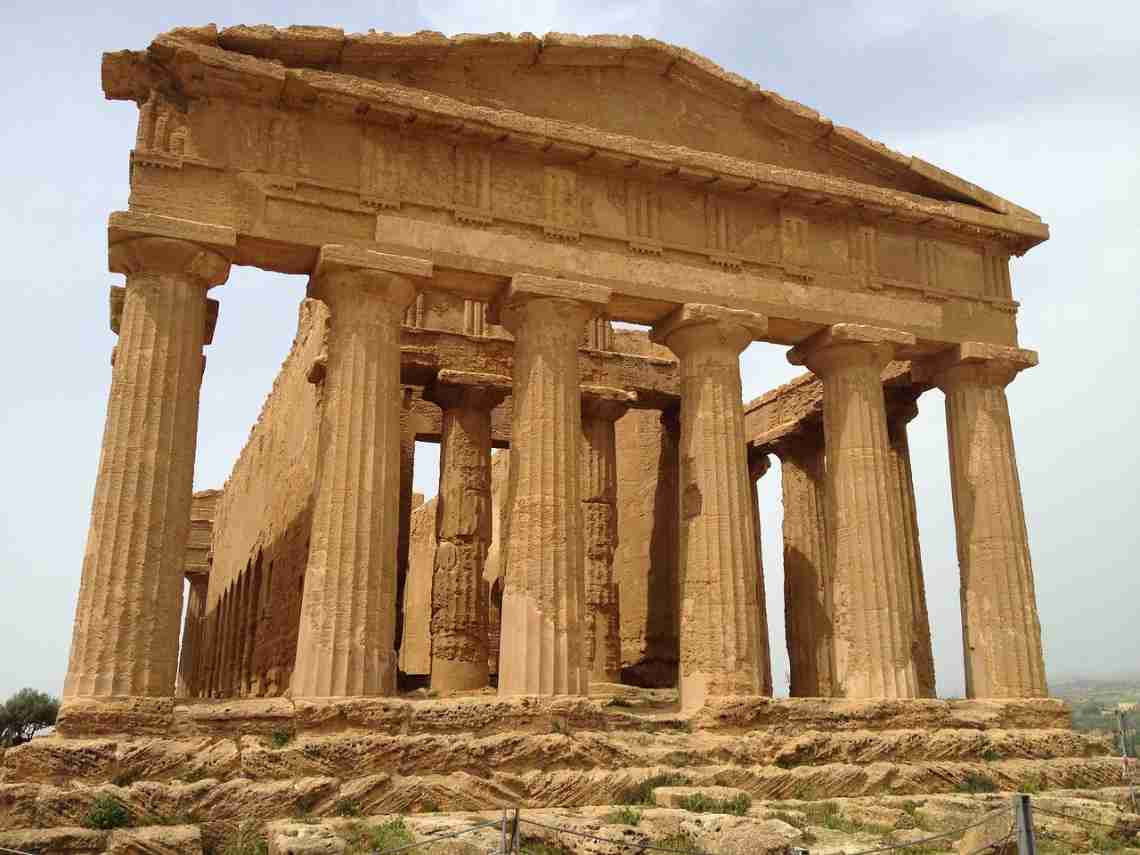
The Valle dei Templi (Valley of the Temples) is an archaeological website in Agrigento, Sicily. It is one of the most extremely good examples of historical Greek artwork. It is a structure of Magna Graecia and is one of the essential points of interest in Sicily. The period “valley” is a misnomer, the website online being positioned on a ridge outside of the doors of the town of Agrigento. Since 1997, the complete place has been blanketed in the UNESCO World Heritage List.
Explore the Temple of Hercules, one of the oldest temples in the Valley of the Temples.
Walk through the Giardino della Kolymbethra. It is a lawn with almond and olive timber, providing non-violent surroundings amidst the ruins. Visit the National Archaeological Museum Pietro Griffo which homes artifacts unearthed from the Valley of the Temples.
After exploring the Valley of the Temples head to Agrigento for a delicious Sicilian meal. Sample dishes like pasta alla Norma (pasta with tomato sauce or ricotta cheese, and eggplant) or arancini (fried rice balls). Don’t pass over the iconic cannoli or crispy pastry shells filled with ricotta cream and a super manner to stop your exploration of Agrigento.
Full-charge tickets are valued at €12 (around $13) and can be bought online or at the doorway. Consider shopping for a mixture price tag that includes the archaeological museum for more complete enjoyment. The Valle dei Templi is open every day. Opening hours vary depending on the season. So, test their professional internet site earlier than your visit.
Piazza San Marco
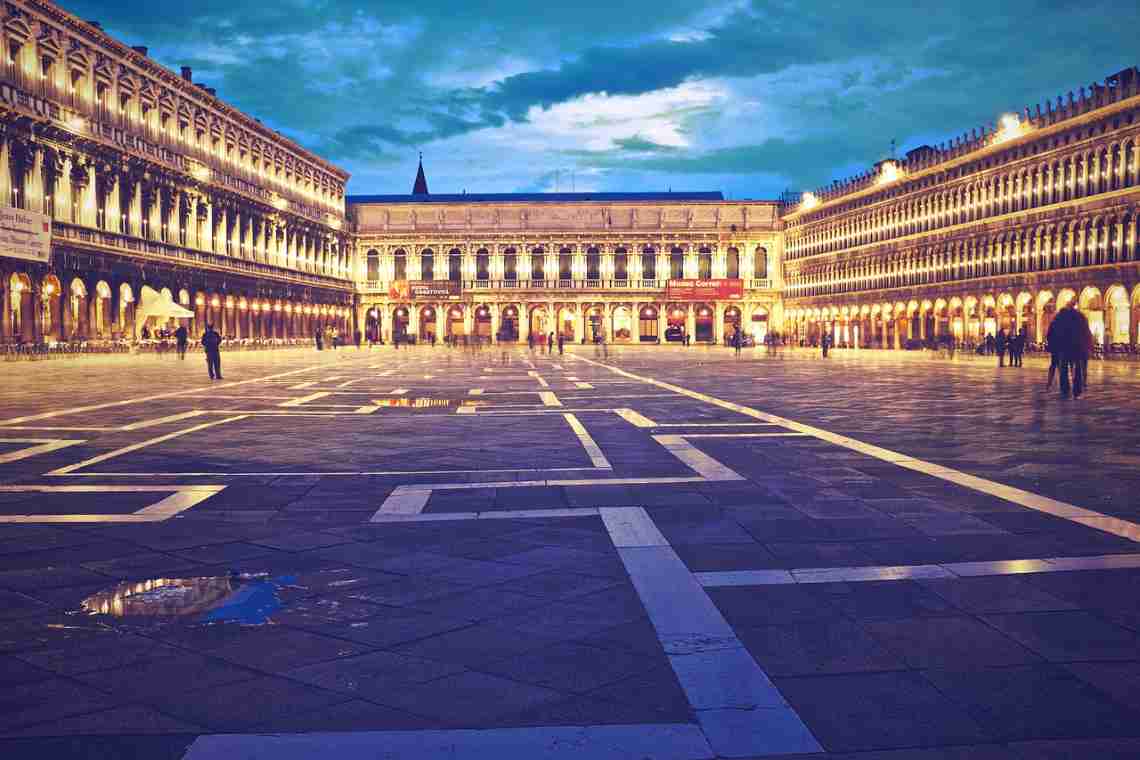
Piazza San Marco, also referred to as St. Mark’s Square, is the heart and soul of Venice. This grand square is covered with cafes, historic buildings and architectural marvels. It gives a charming combo of history or culture and Venetian charm.
Marvel on the marvelous St. Mark’s Basilica adorned with mosaics and Byzantine artistry (a separate entrance rate can also be practiced). Take a gondola ride and a crucial Venetian revel in for a romantic or scenic tour of the canals (costs vary depending on direction and length).
Climb the Campanile (bell tower) for breathtaking panoramic perspectives of the town and lagoon (separate ticket required). While the piazza cafes provide a handy option, they tend to be the pricier aspect. Venture into the backstreets (Calle) for a more real and inexpensive Venetian eating experience.
Entrance to the pizza itself is free. Individual points of interest, just like the Basilica Doge’s Palace and Campanile, have separate costs. Consider buying a blend-price ticket for a reduced fee. Be conscious of pigeons and avoid feeding them as they can be a nuisance.
Basilica di San Marco
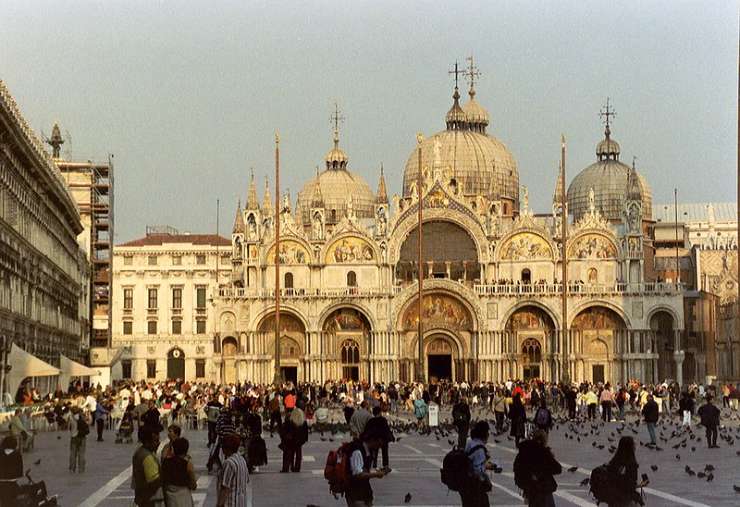
The Basilica di San Marco, is additionally called St Mark’s Basilica. It is a superb landmark in Venice’s Piazza San Marco. This architectural masterpiece is a fusion of Byzantine and Romanesque patterns. It is famed for its golden mosaic’s opulent interiors and St. Mark’s relics.
Be awestruck by the glittering golden mosaics adorning the ceilings and walls or depicting biblical scenes and saints.
Explore the Pala d’Oro (Golden Altarpiece), a masterpiece of Byzantine art adorned with jewels and valuable stones (separate price tag required and around €5 or $5.50). Climb to the rooftop terrace for panoramic perspectives of Piazza San Marco and Venice (separate price tag required).
Entrance to the primary part of the basilica is free. However, assume queues particularly all through the top season. Consider buying a mixture price tag that includes the Pala d’Oro, Treasury, and rooftop terrace for a more comprehensive enjoyment (around €13 or $14.50).
Mount Etna
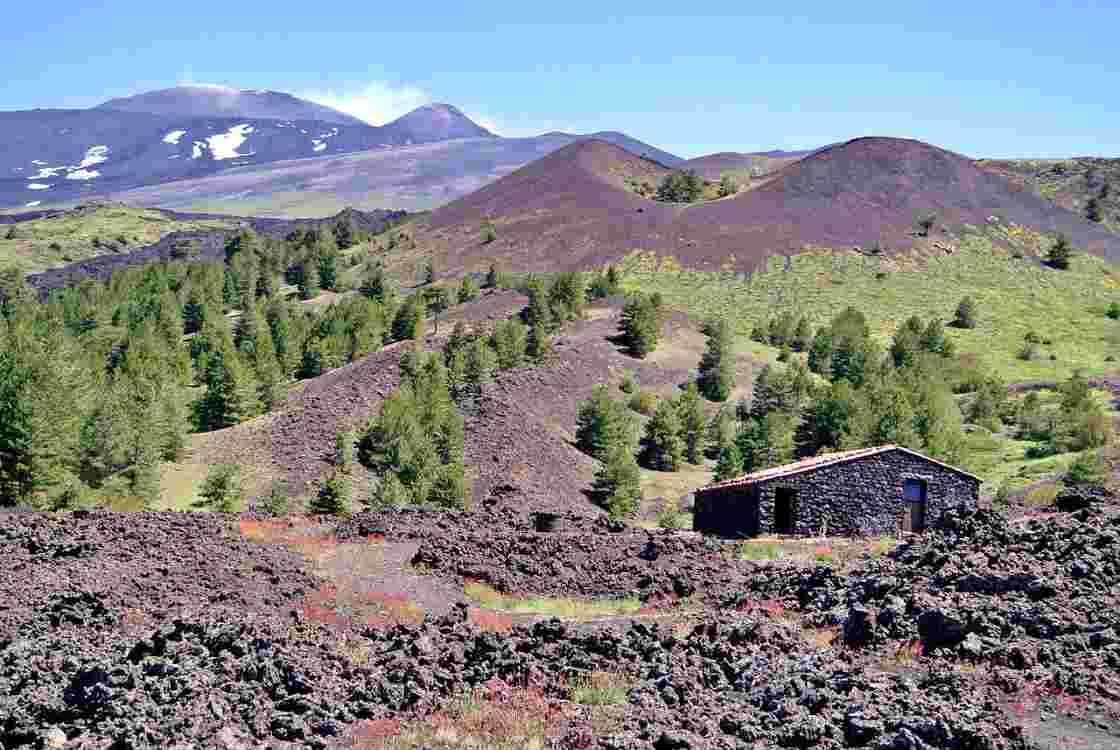
Mount Etna, or honestly Etna, is a lively stratovolcano on the east coast of Sicily, Italy. It is the tallest active volcano in Europe and the tallest height in Italy south of the Alps, with a modern top (July 2021) of 3,357 m (11,014 ft), though this varies with summit eruptions.
Hike up the slopes of Mount Etna and witness the dramatic volcanic panorama. Guided excursions are encouraged for protection reasons. It is specifically close to the summit craters.
Visit the Parco dell’Etna (Etna Park), a nature reserve offering various ecosystems, volcanic formations and hiking trails. Take a cable vehicle ride up Mount Etna for breathtaking views of the surrounding landscape (cable car price ticket expenses vary).
Explore the lava cave’s captivating geological functions fashioned by ancient lava flows. Spelunking tours are to be had with expert courses. Learn about the volcano’s history and ongoing pastime at the Museo Vulcanologico dell’Etna (Mount Etna Vulcanology Museum) located at the slopes (separate entrance price).
After exploring Mount Etna, bask in flavorful Sicilian cuisine. Sample dishes like “arancini” (fried rice balls with diverse fillings) “pasta alla Norma” (pasta with tomato sauce, ricotta cheese, and eggplant) or sparkling seafood dishes. Don’t miss the iconic “cannoli,” crispy pastry shells full of ricotta cream, an excellent manner to quit your Sicilian adventure.
Entrance charges range depending on the specific hobby or location you visit. Consider buying an aggregate ticket for the cable car and access to certain regions around the summit craters. Volcanic activity may change unexpectedly. Always try to take protection by the safety instructions and be aware of potential hazards.
Mercato Centrale
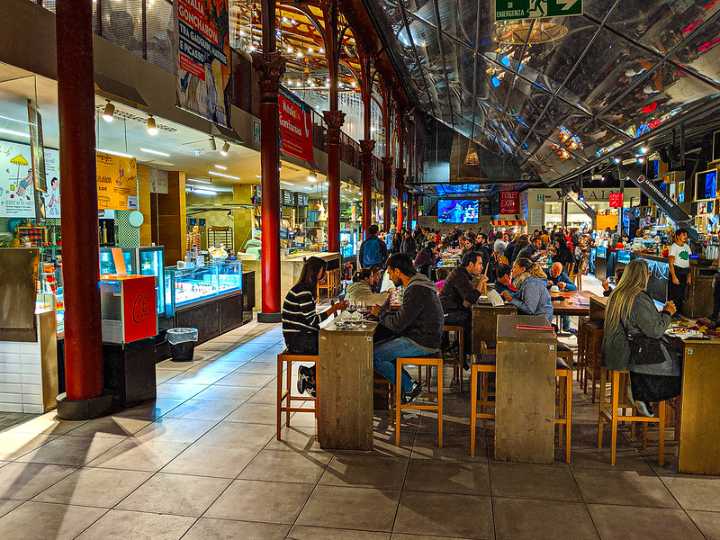
The Mercato Centrale additionally called the Central Market, is a colorful hub for meal fans in Florence. This tale market provides a satisfying fusion of fresh or local produce artisan specialties and delicious meal stalls under one roof.
Explore the ground floor, which is brimming with stalls promoting fresh greens, meats, cheeses, and neighborhood delicacies. Sample Tuscan specialties from various meal companies on the second ground. Choose from classic kinds of pasta, pizzas, cured meats, cheeses and an array of worldwide cuisines.
Enjoy a delicious lunch or dinner with an energetic atmosphere overlooking the bustling market stalls. Pick up precise souvenirs, local honey olive oil spices and artisanal merchandise, ideal mementos of your Florentine adventure.
Entrance to the Mercato Centrale is free. Prices for food and drinks vary depending on the vendor. Consider shopping for a “mercato card” for cashless transactions inside the marketplace.
Arena di Verona
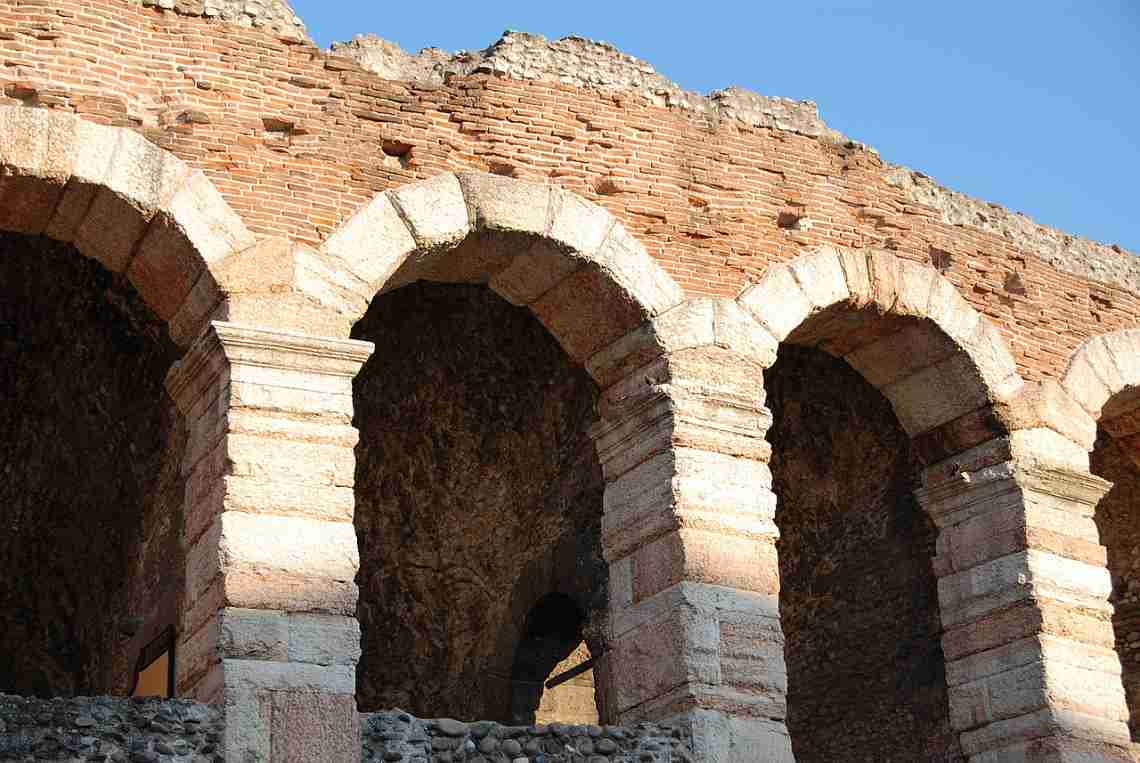
The Arena di Verona is an astonishing Roman amphitheater, the third biggest surviving structure of its type in Europe. This open-air venue built in the 1st century AD now comes alive each summer with international-renowned opera performances beneath the celebrities.
Attending an outstanding opera performance all through the Arena di Verona Festival, held from June to September. Witness iconic operas like Carmen, Aida or La Traviata in a specific setting (ticket prices vary based totally on overall performance and seating).
Visit the Museo Arena Opera on the premises showcasing costume units and memorabilia from past opera productions (separate price tag required).
Verona offers a delectable culinary scene. Sample regional specialties like bigoli (thick spaghetti) with various sauces, risotto all Amarone (rice cooked in Amarone wine), or “pastissada di cavallo” (horse meat stew).
Don’t leave out the threat of trying Verona’s well-known Pandoro, a mild and sweet yeasted cake ideal for a publish-opera deal.
Ticket prices for opera performances vary depending on the display, seating class, and date. Consider purchasing tickets online earlier especially for the duration of the busy season.
Wrapping Up
The wealth of Italy’s historical sites, cultural landmarks, and natural beauty gives something to each vacationer. It is from the iconic Colosseum and Leaning Tower of Pisa to the serene landscapes of Ortigia. And the interesting heights of Mount Etna each destination presents a unique and unforgettable experience. Whether you are an art lover and history fanatic or a nature aficionado. Italy guarantees a wealthy tapestry of adventures.
Also Read : Top 35 Places to Visit in Italy
FAQs
Q1) What is the best time to visit Italy for our holidays?
The best time to go to Italy for holidays is throughout the spring from April to June and fall from September to October. When the weather is excellent and tourist crowds are smaller.
Check out our packages for best places to visit in Italy as well.
Q2) Do I need a visa to journey to Italy?
It depends on your nationality. The citizens of the EU and many other countries can enter Italy without a visa for brief remain or holidays. You can check with the Italian consulate or embassy for unique necessities.
Q3) What do a few should-attempt Italian dishes?
There are some of the most tried Italian dishes encompassing pizza or pasta like carbonara and bolognese risotto or tiramisu and gelato. Regional specialties vary for your visit to Itlay. So, make sure to try local favorites anywhere you move.
Q4) How can I get around in Italy?
Italy has an in-depth public transportation system which includes trains or buses and metro offerings in the most important cities. If you are renting an automobile that may be a great alternative for exploring rural areas.
Q5) What are some popular souvenirs to shop for in Italy?
Popular souvenirs consist of Italian leather-based items. Murano glass from Venice ceramics from Tuscany or Limoncello from the Amalfi Coast and neighborhood wines and olive oils.
Latest Blogs
- Affordable Package Deals to London for USA Travelers: Plan Your Perfect Trip
- Exploring the Windy City: Best Chicago Tour Packages for Couples
- Top Destinations for Last Minute Vacation Packages: Explore the Best Deals
- Family Fun in Dubai: A Guide to Family-Friendly Vacation Packages
- Budget-Friendly Chicago Vacation Packages for Every Type of Traveler
- Guide to Saint Martin: Luxury Resorts, Top Beaches, Cuisine, and Must-See Attractions
- Ultimate Guide to Salt Cay: Luxury Resorts, Top Beaches, Cuisine, and Must-See Attractions

